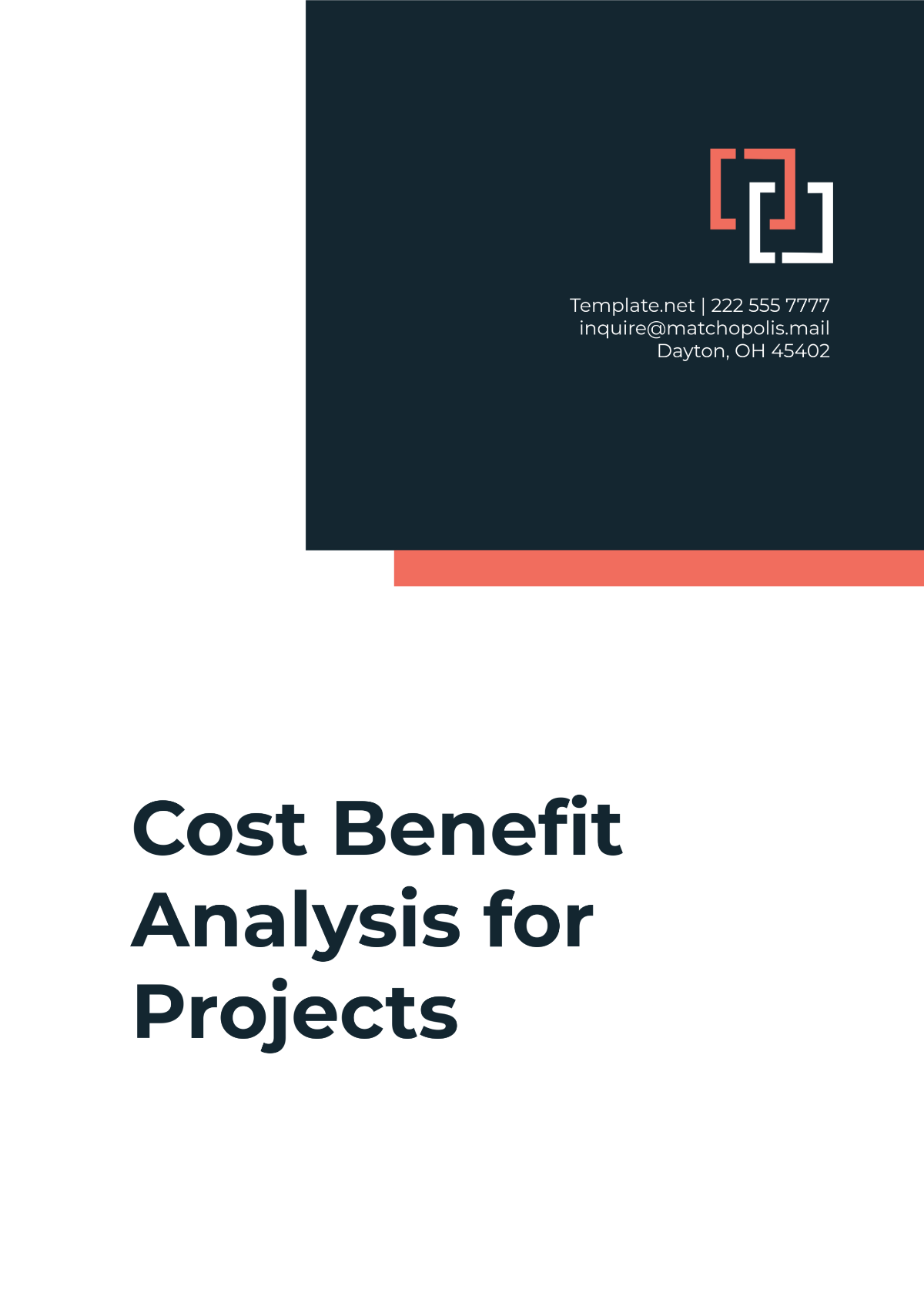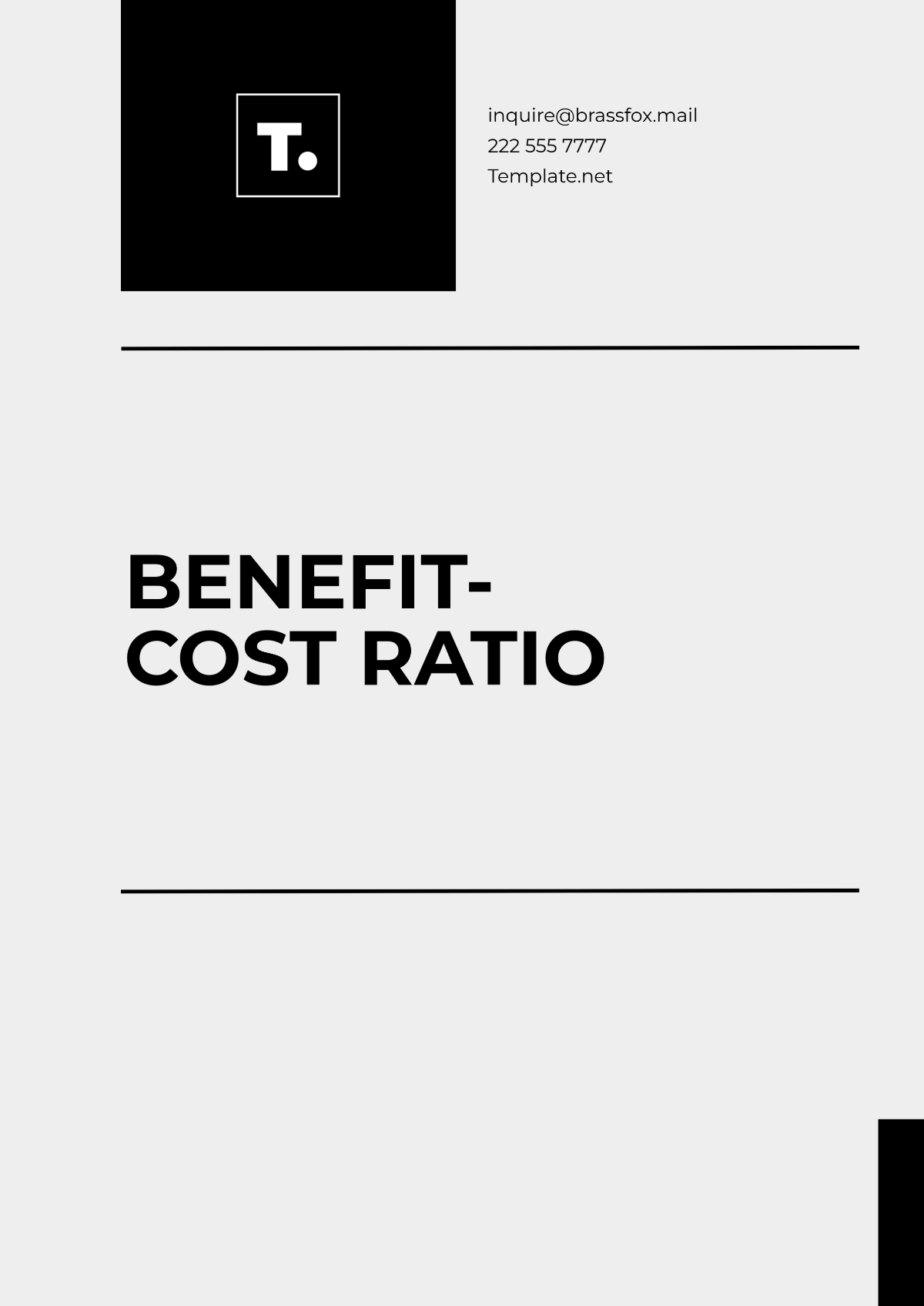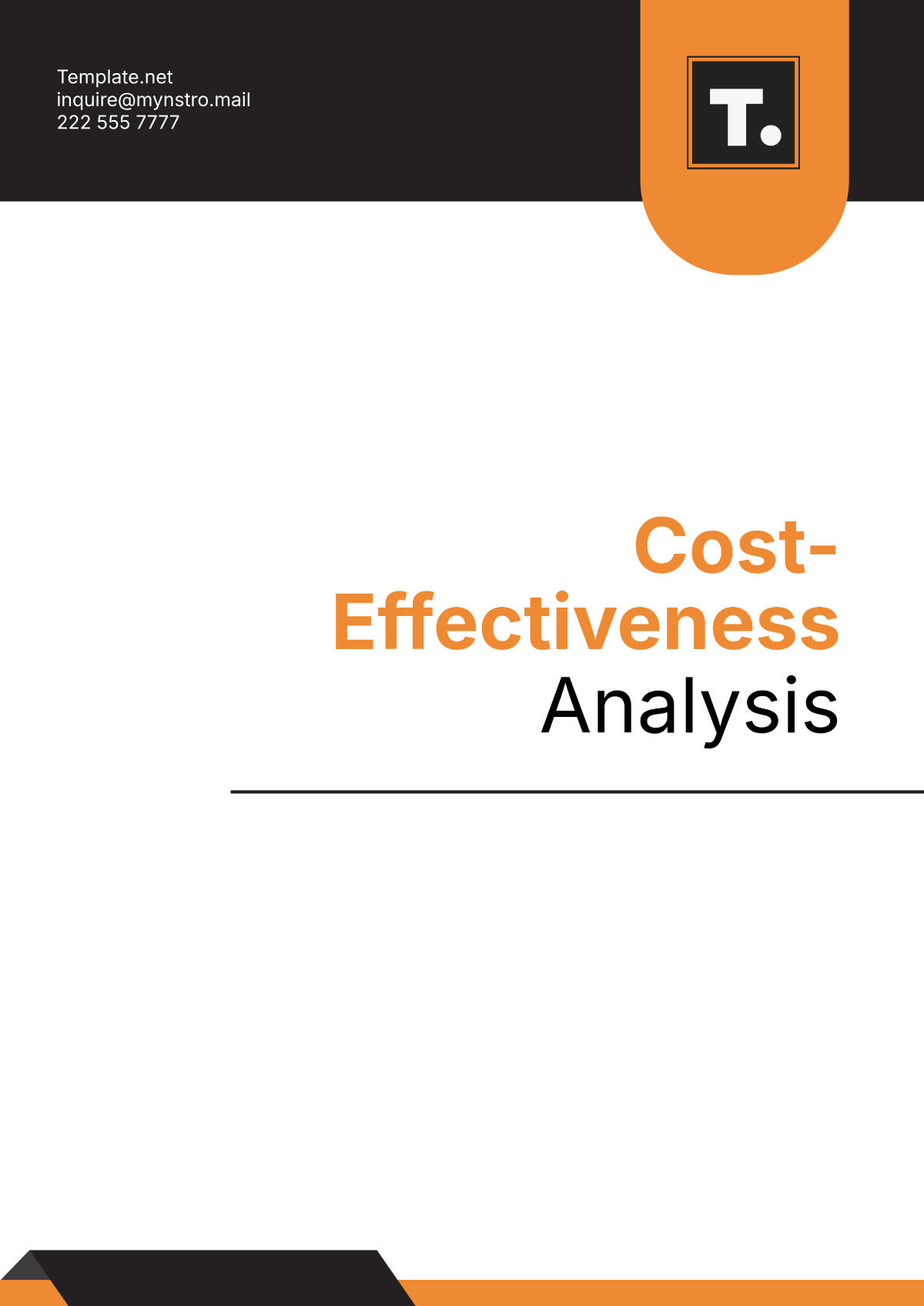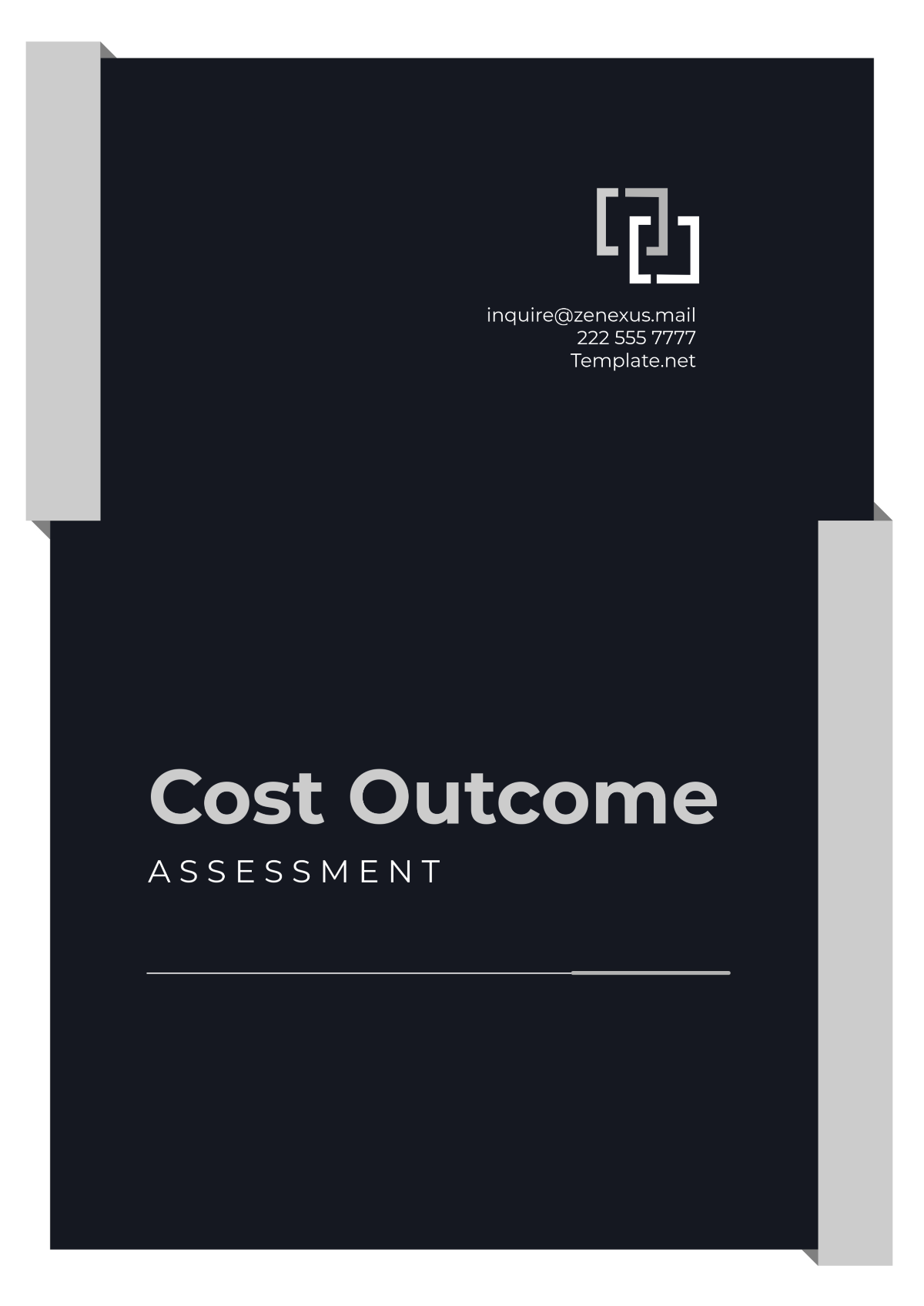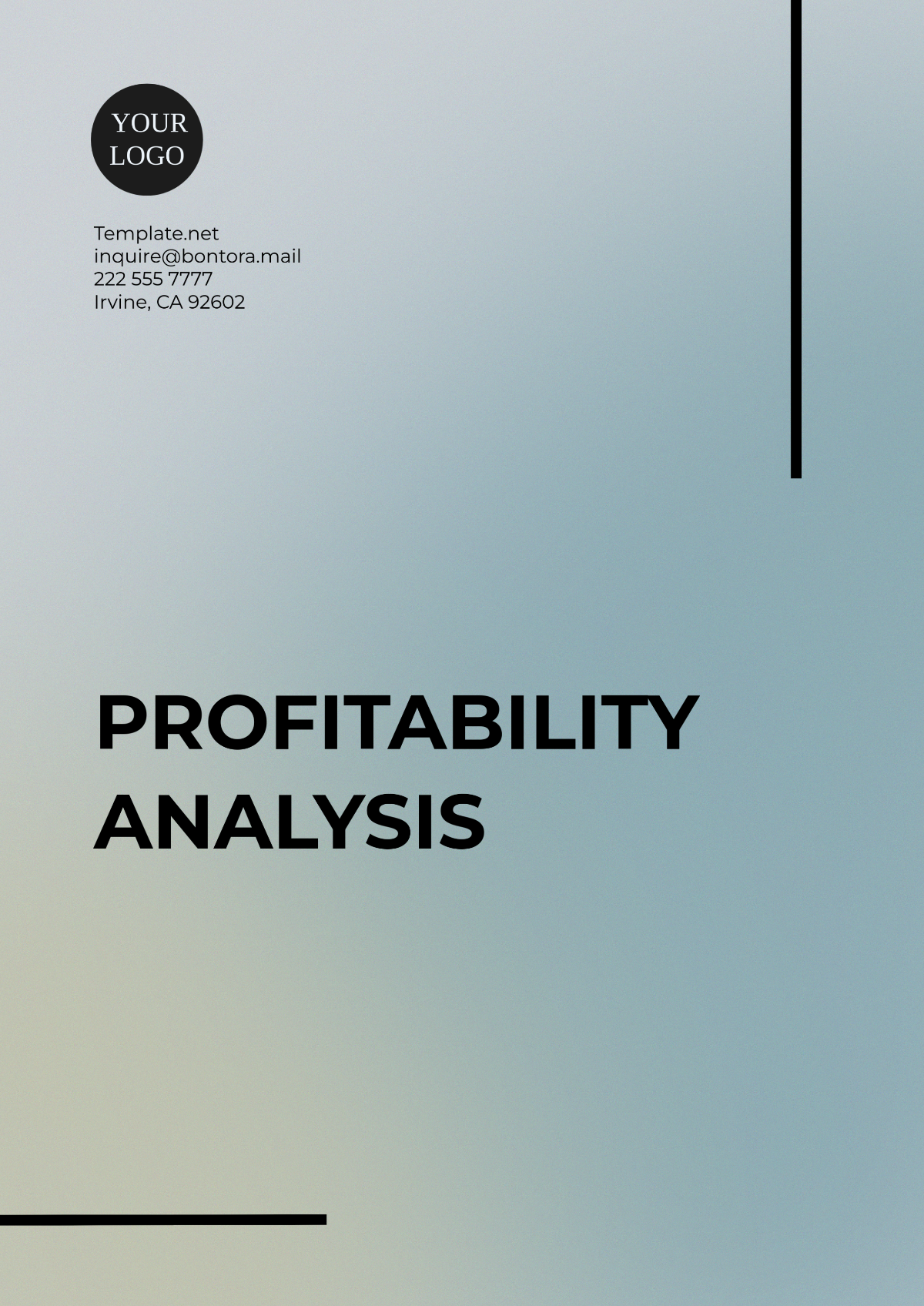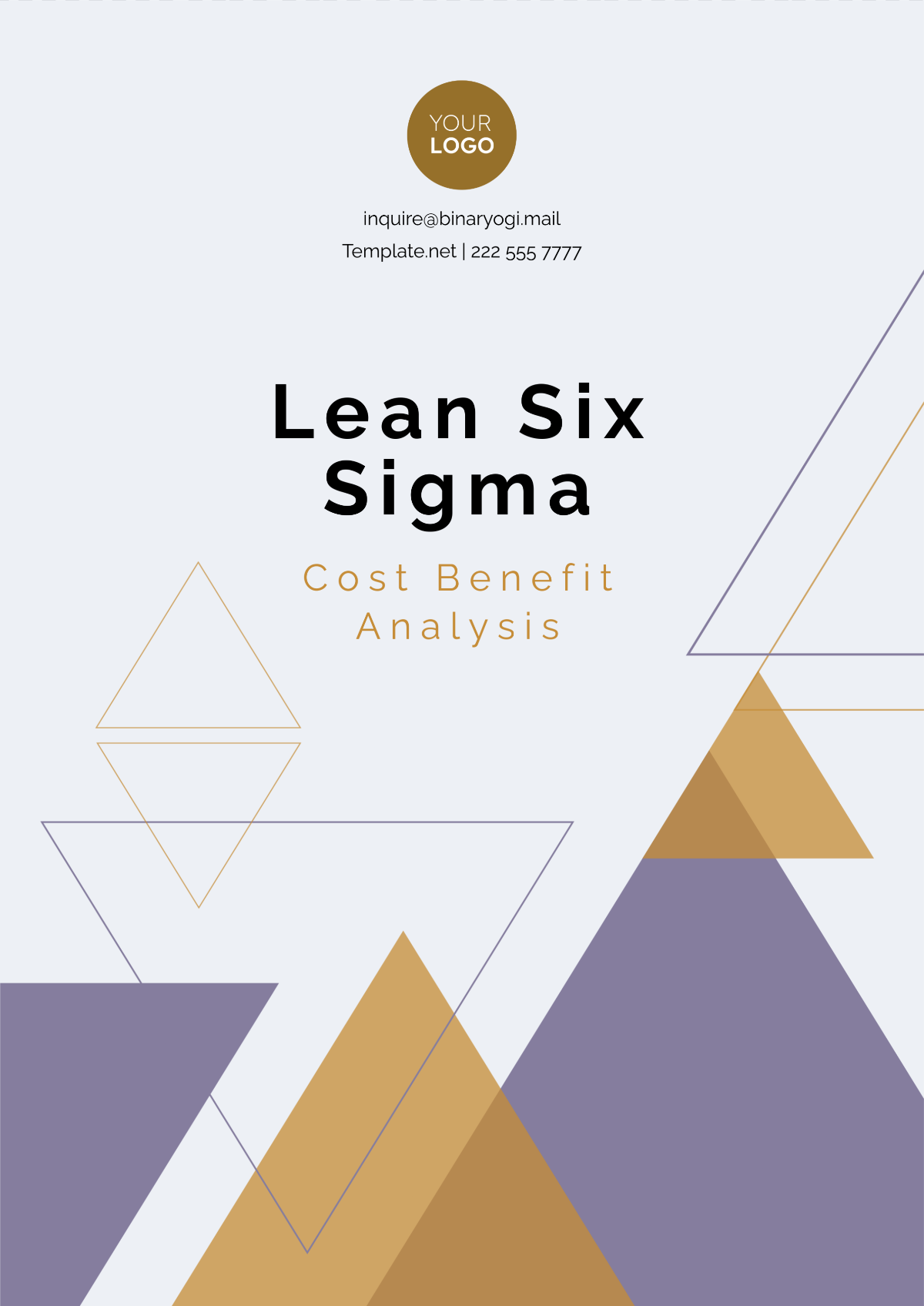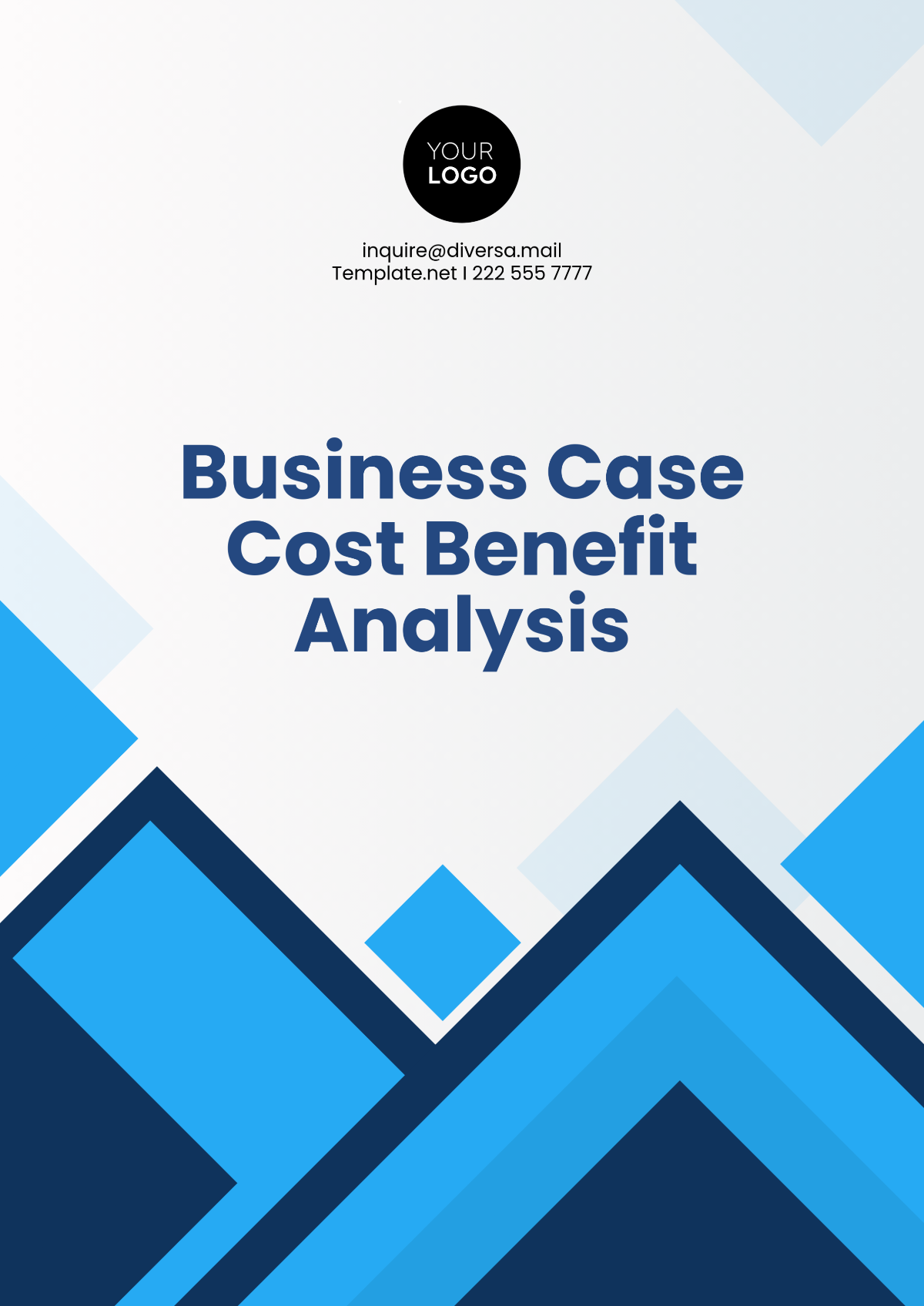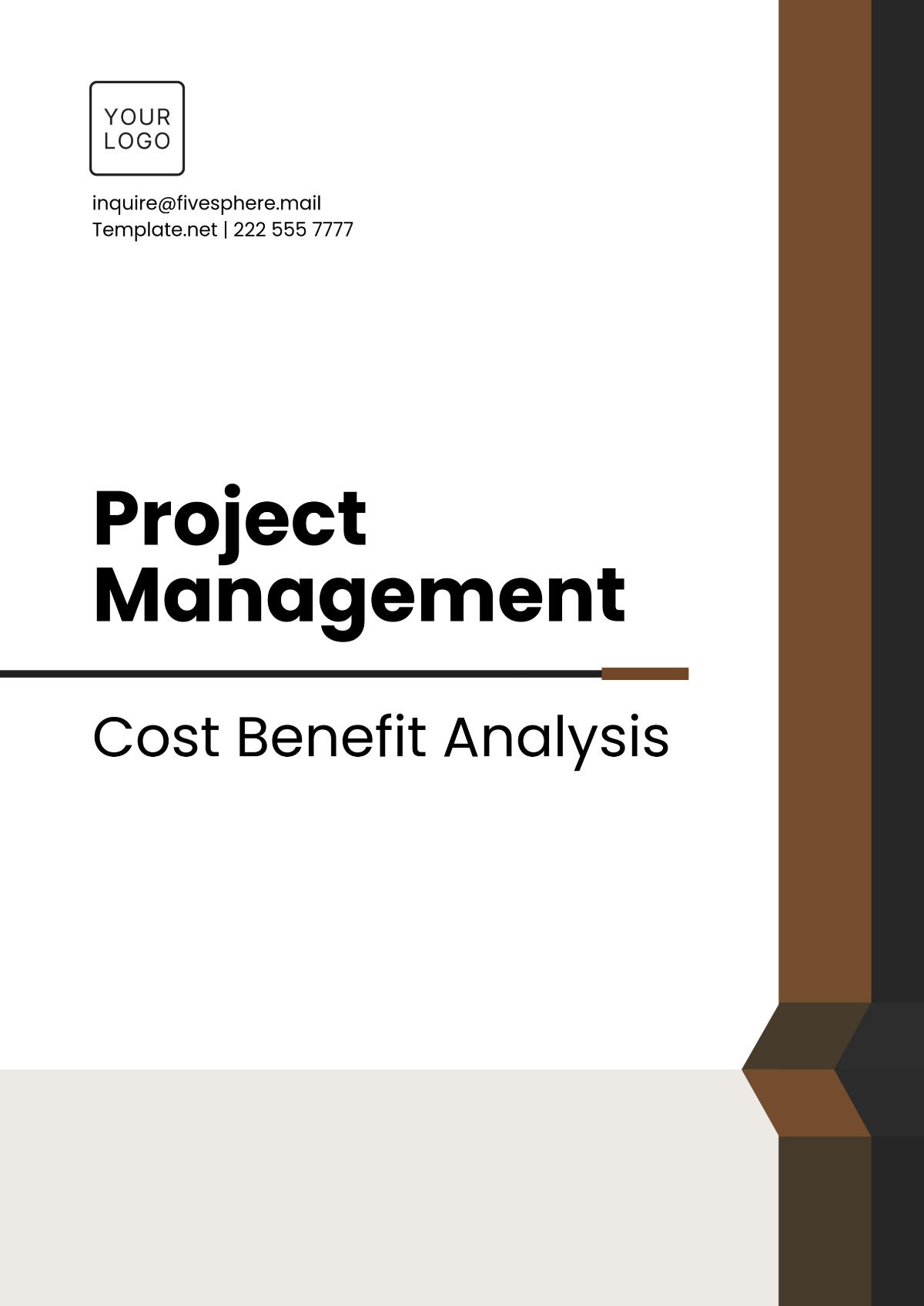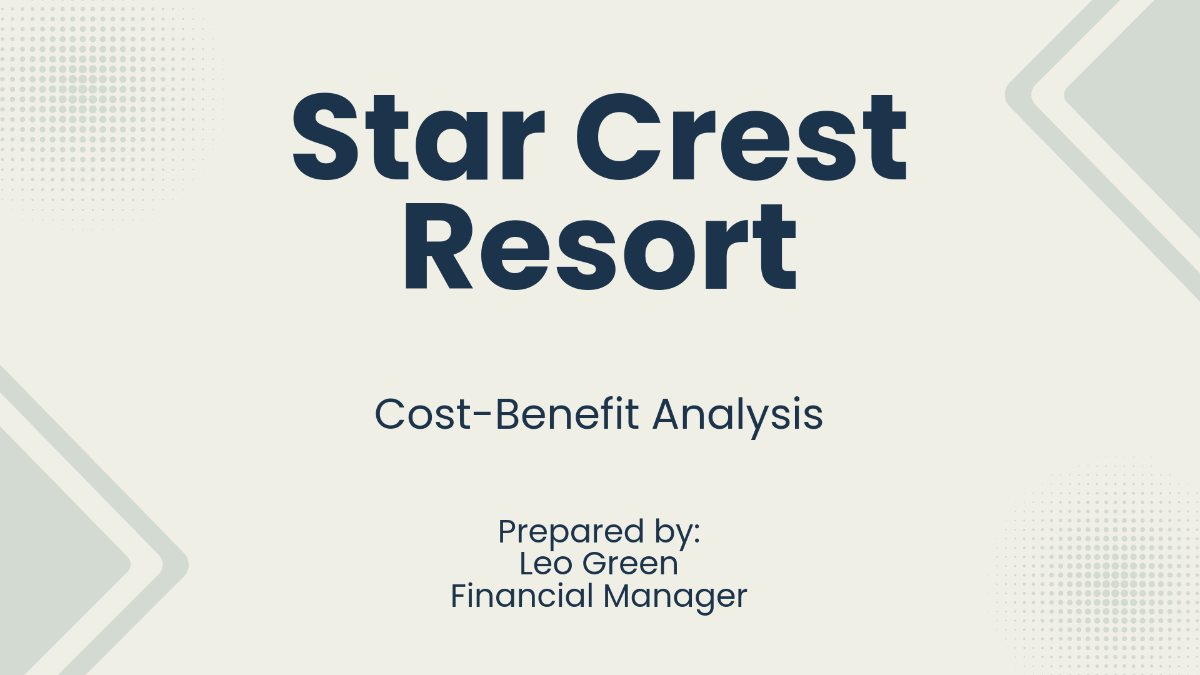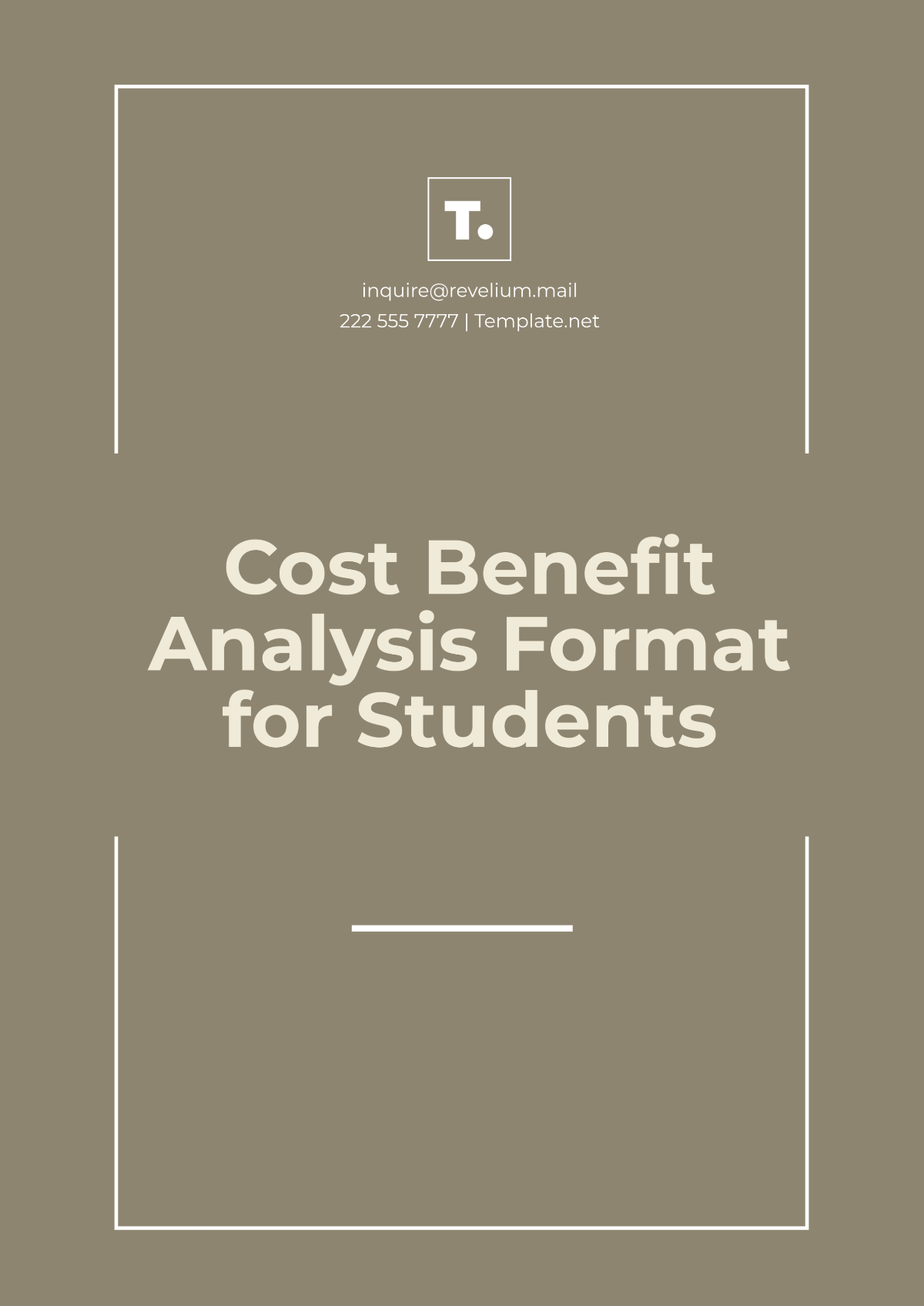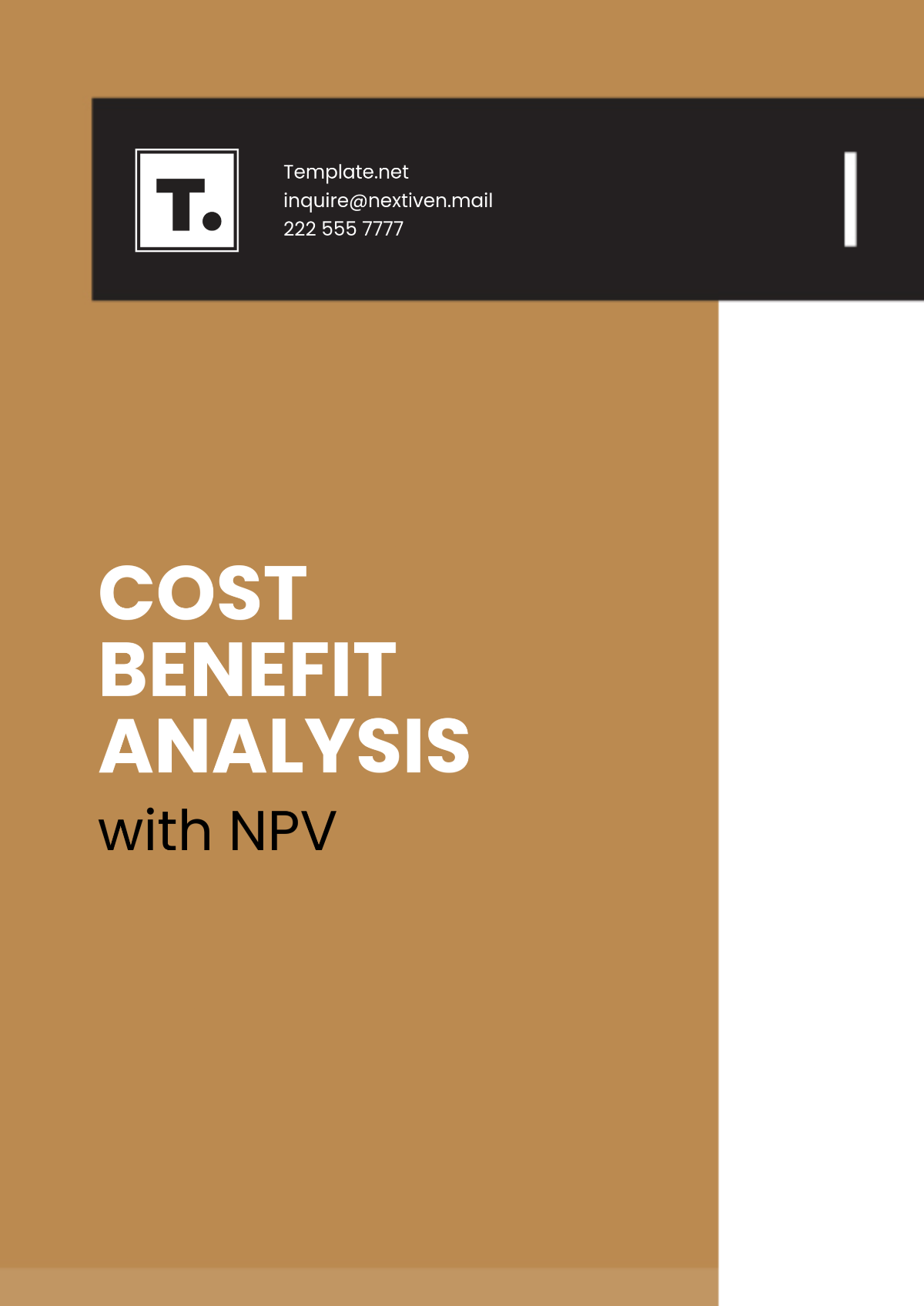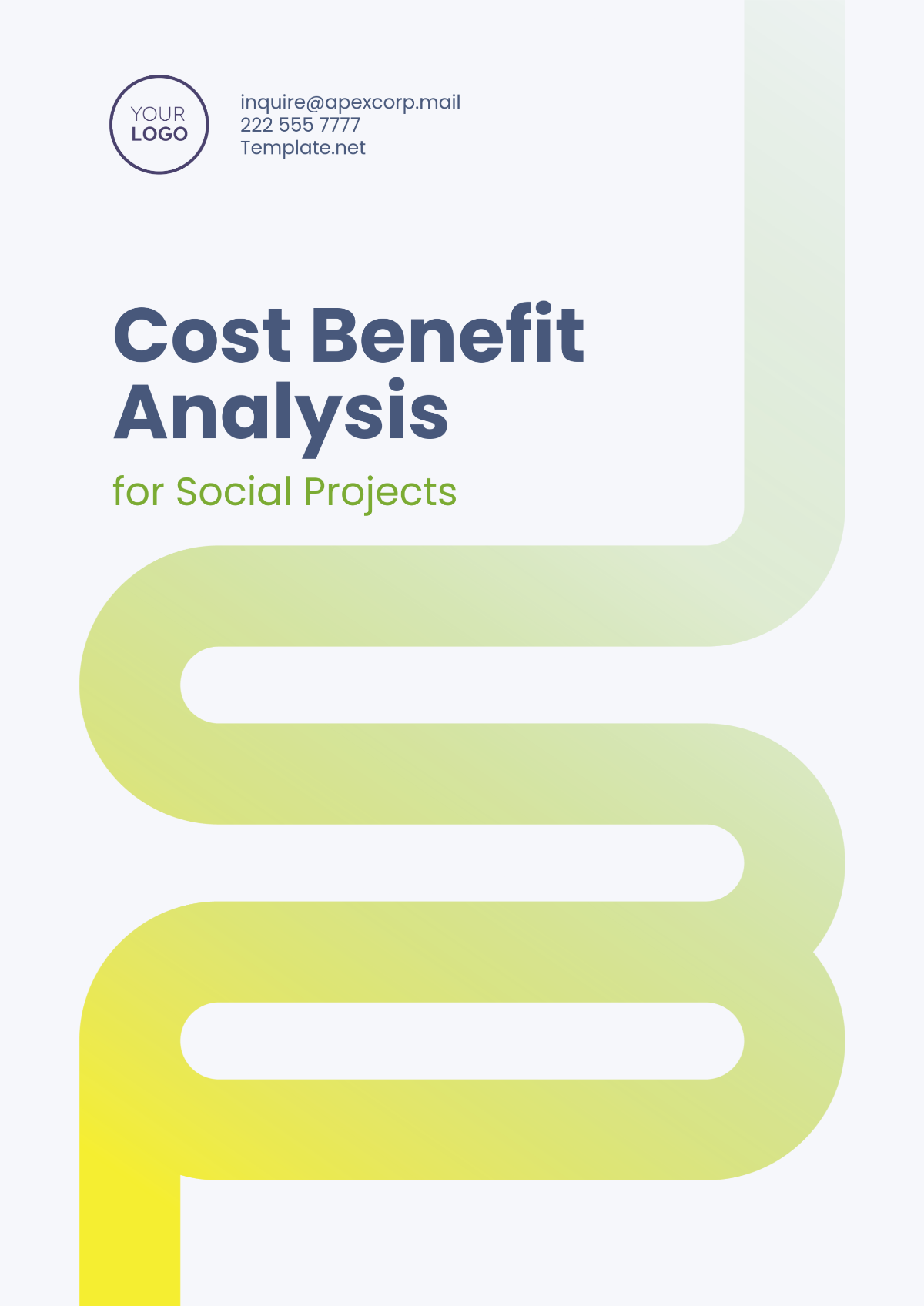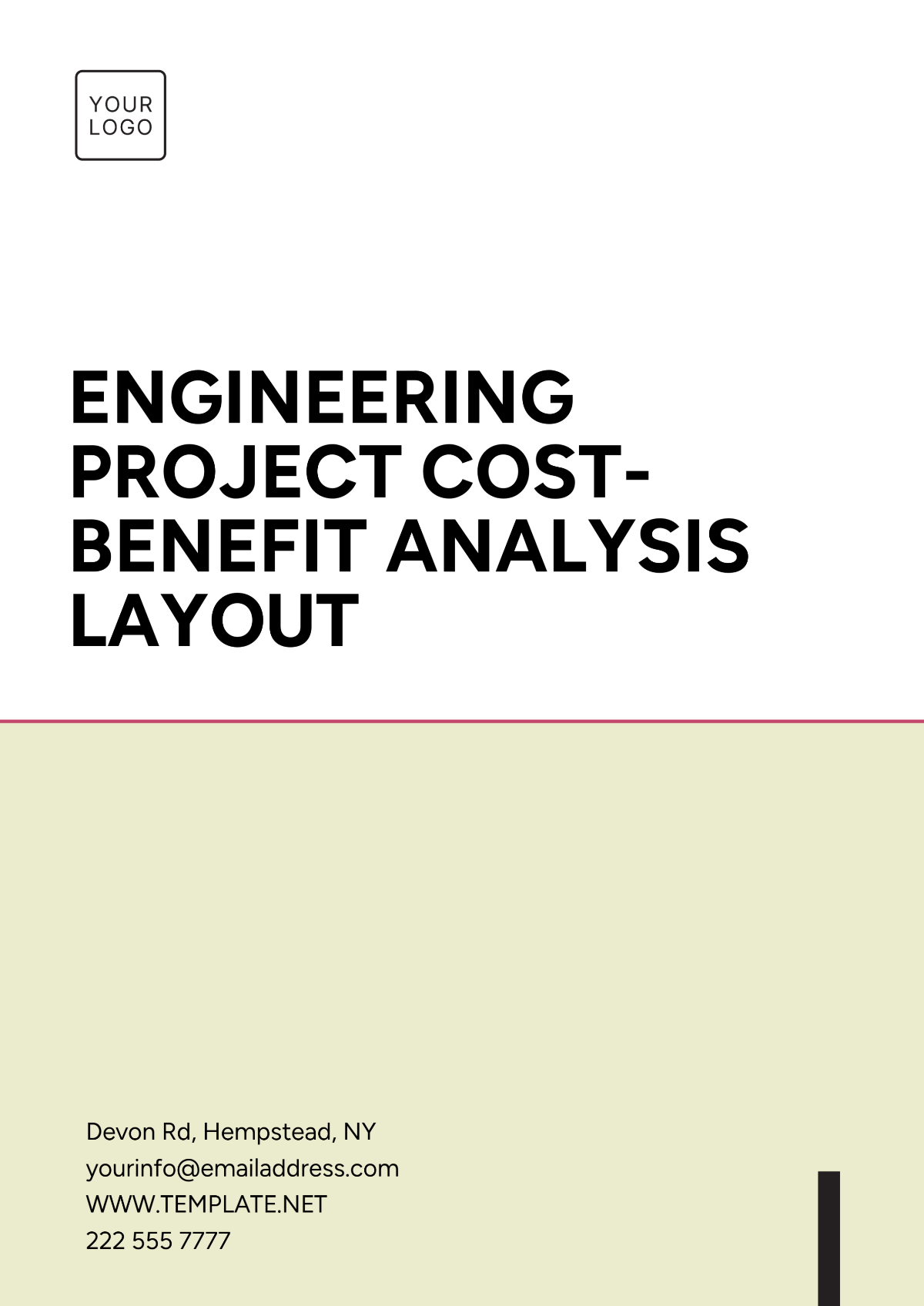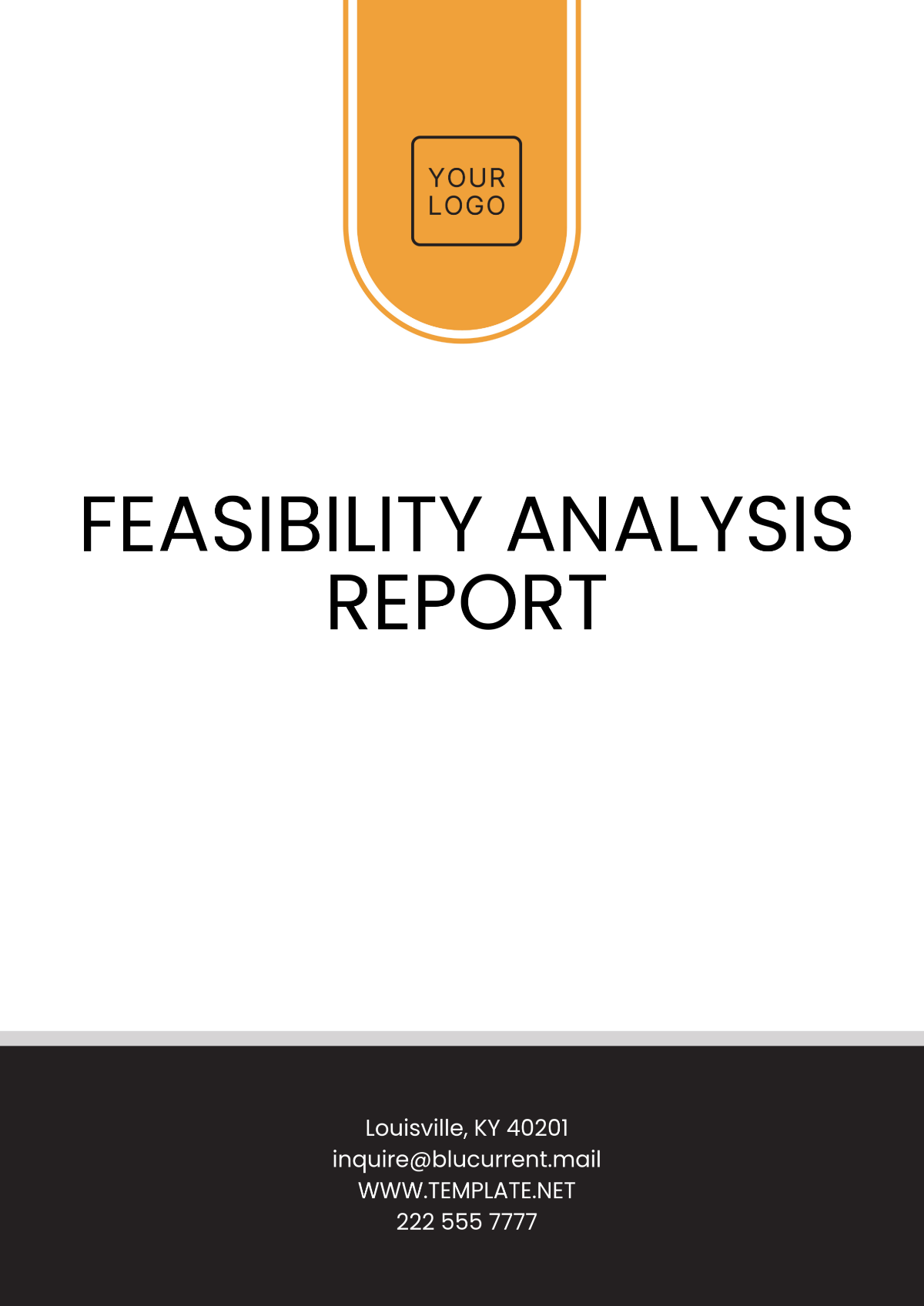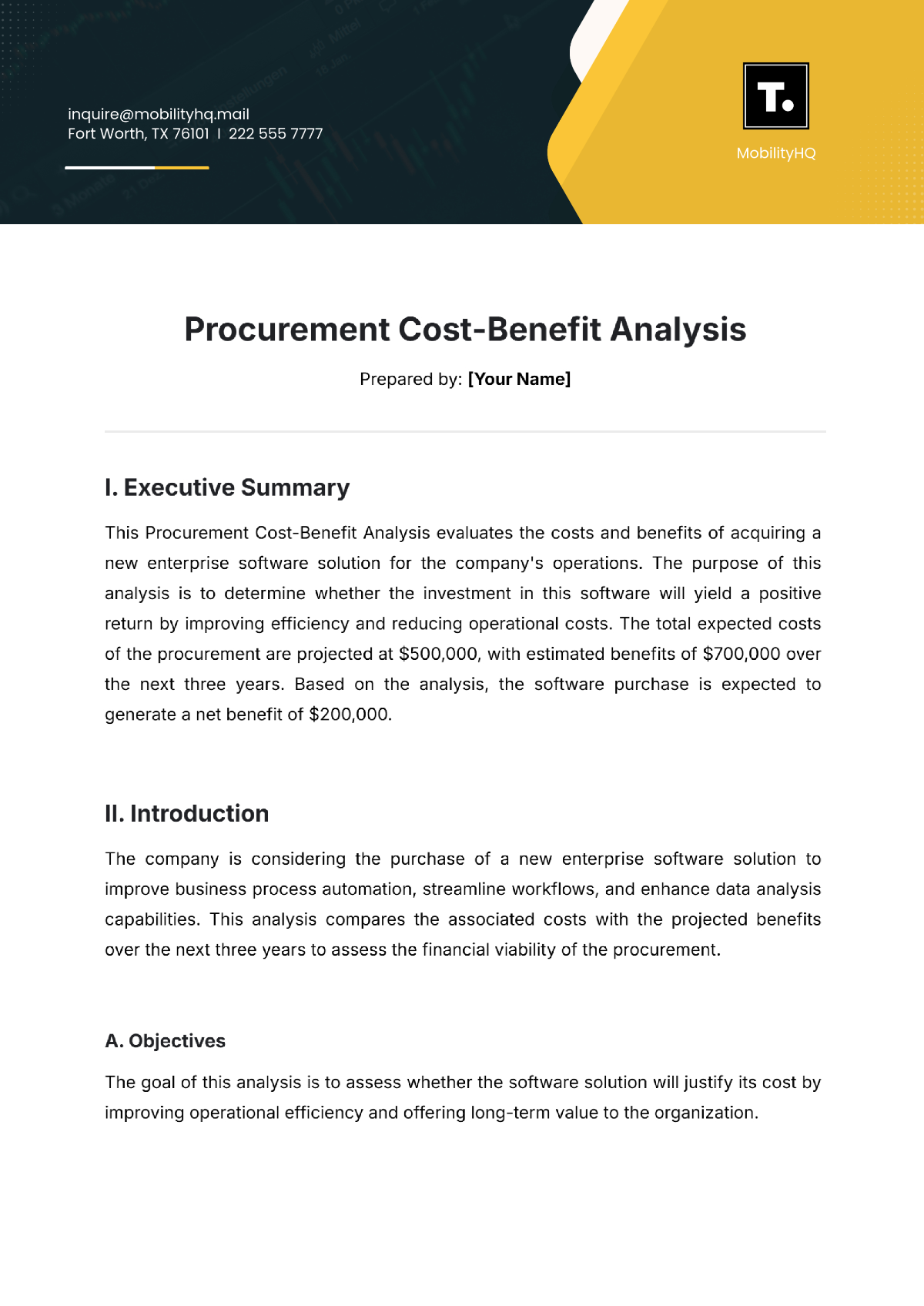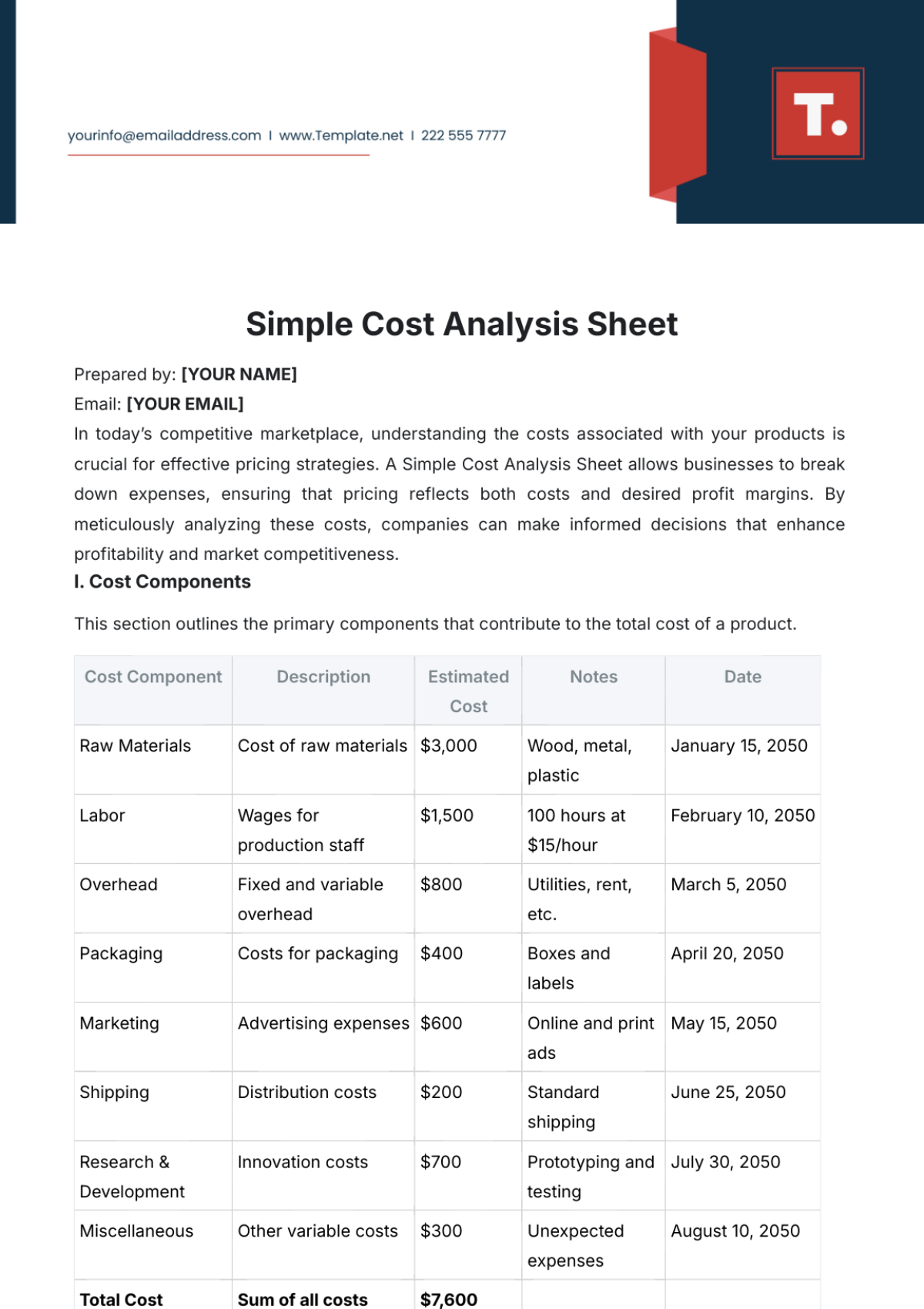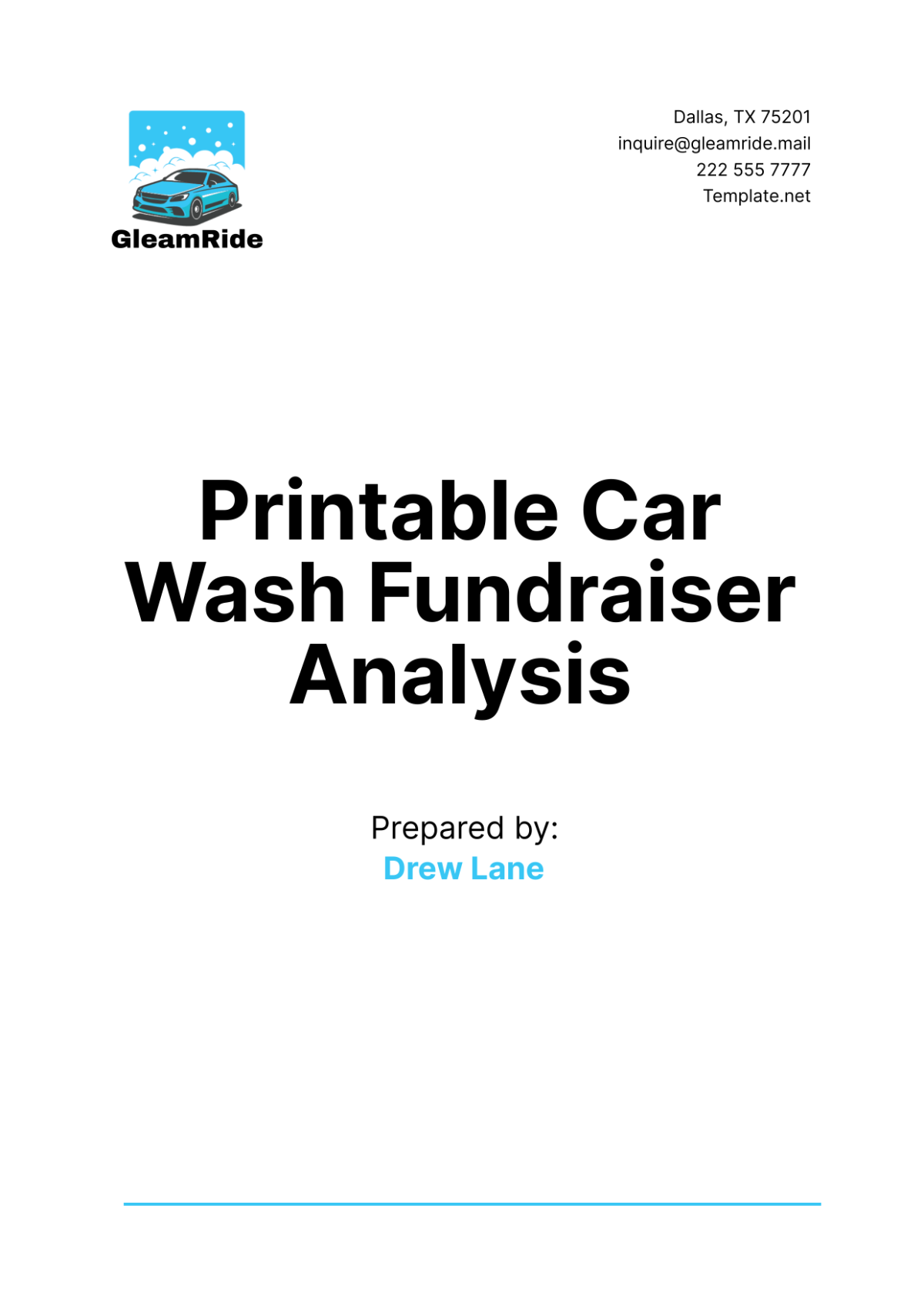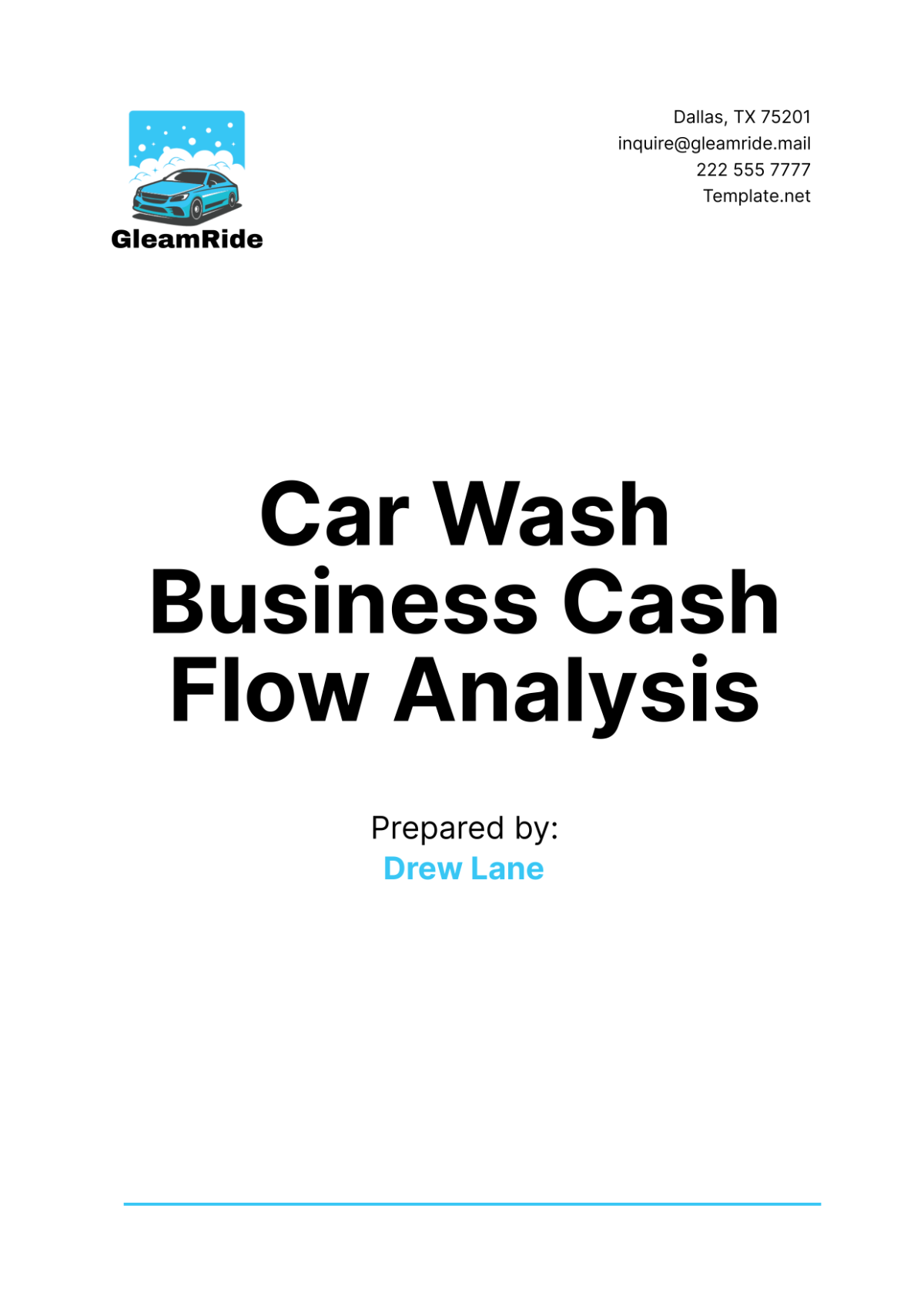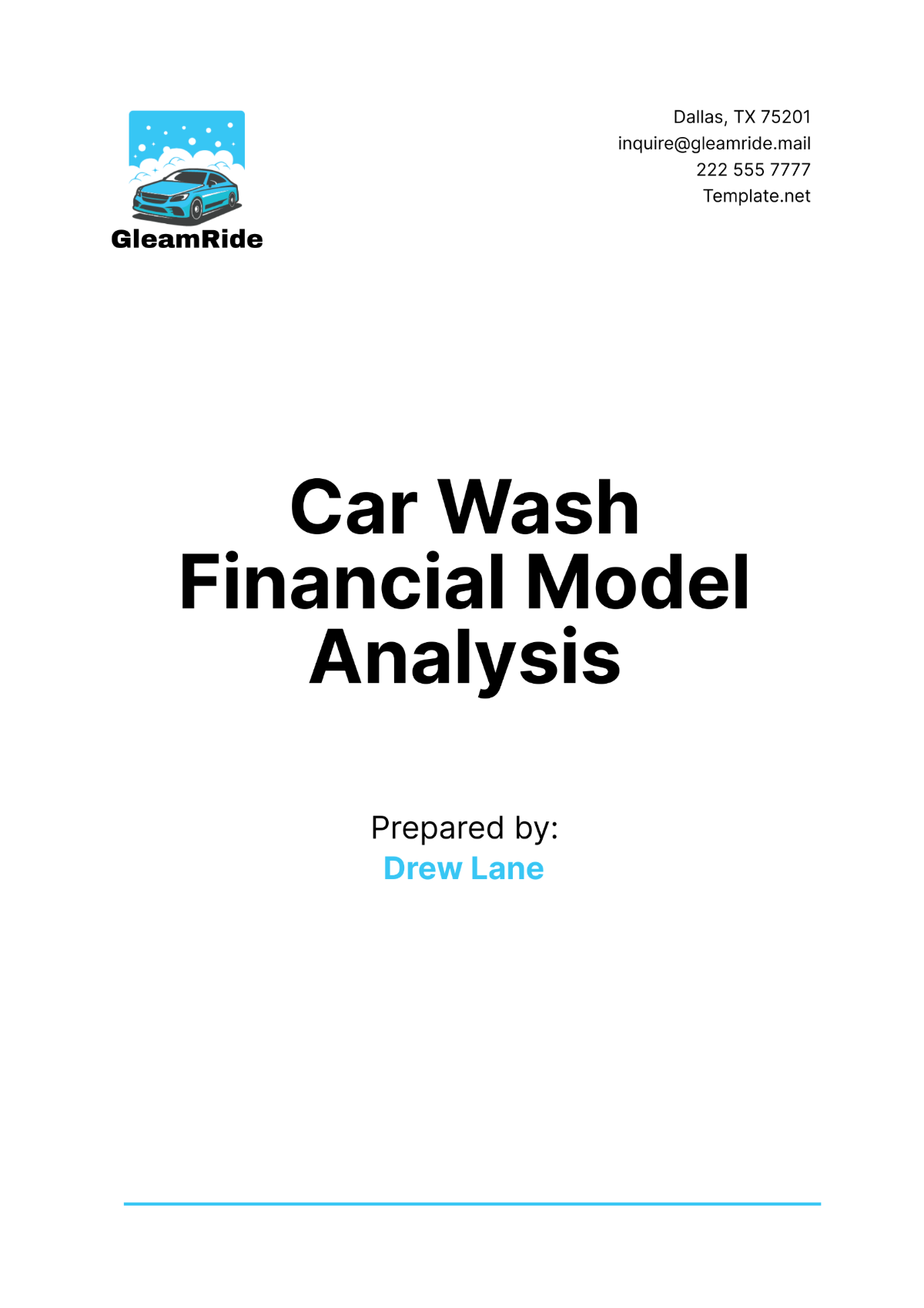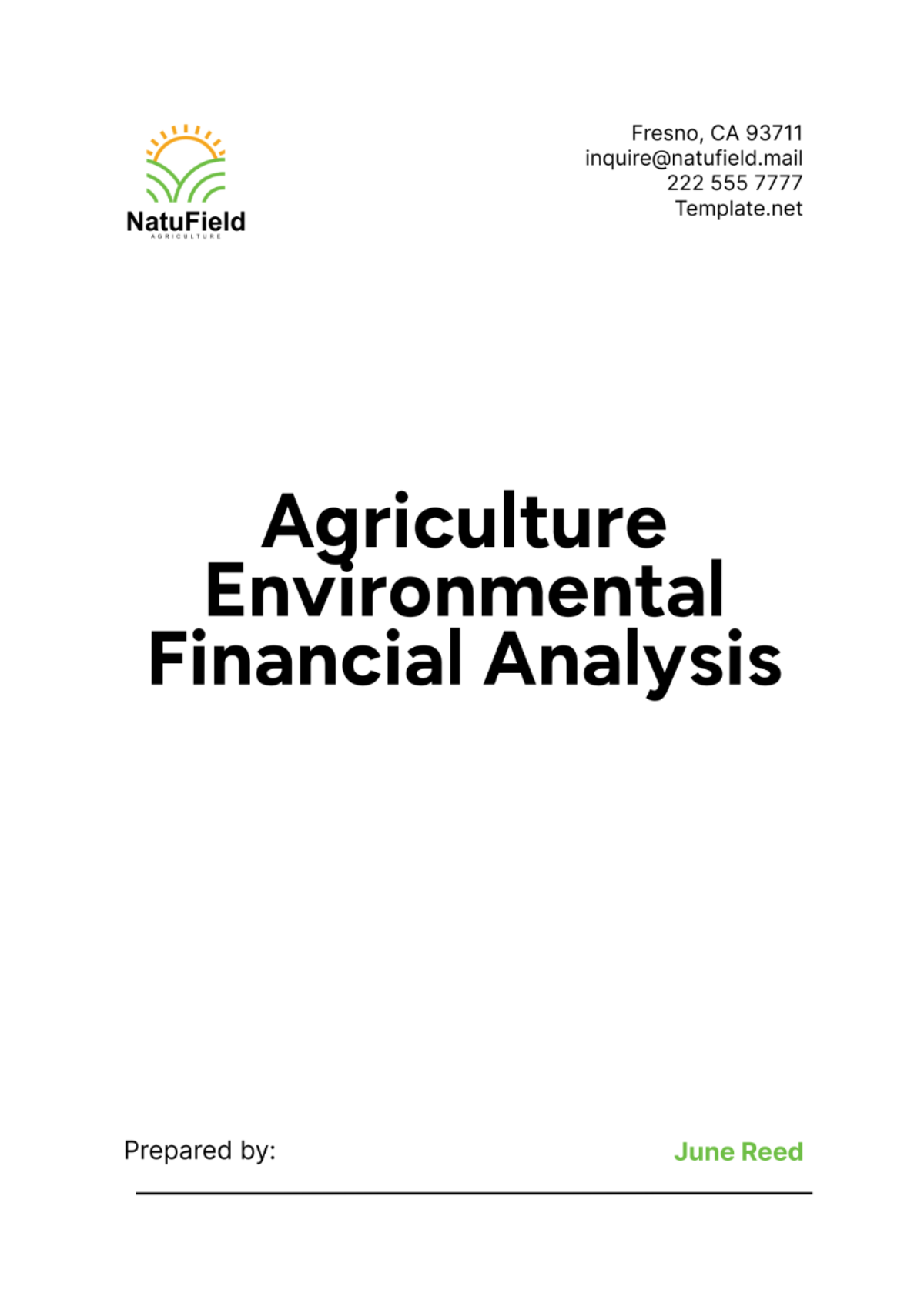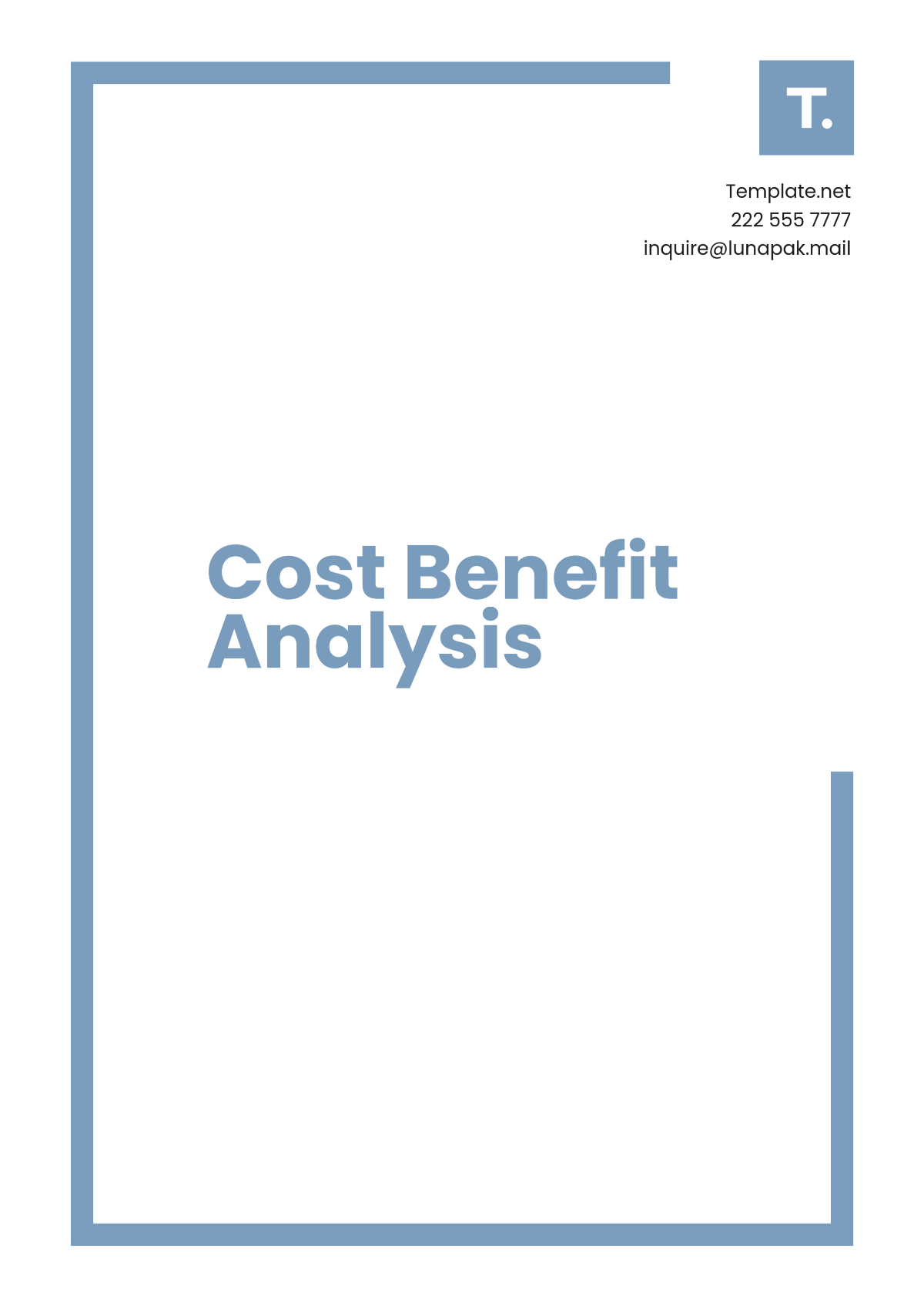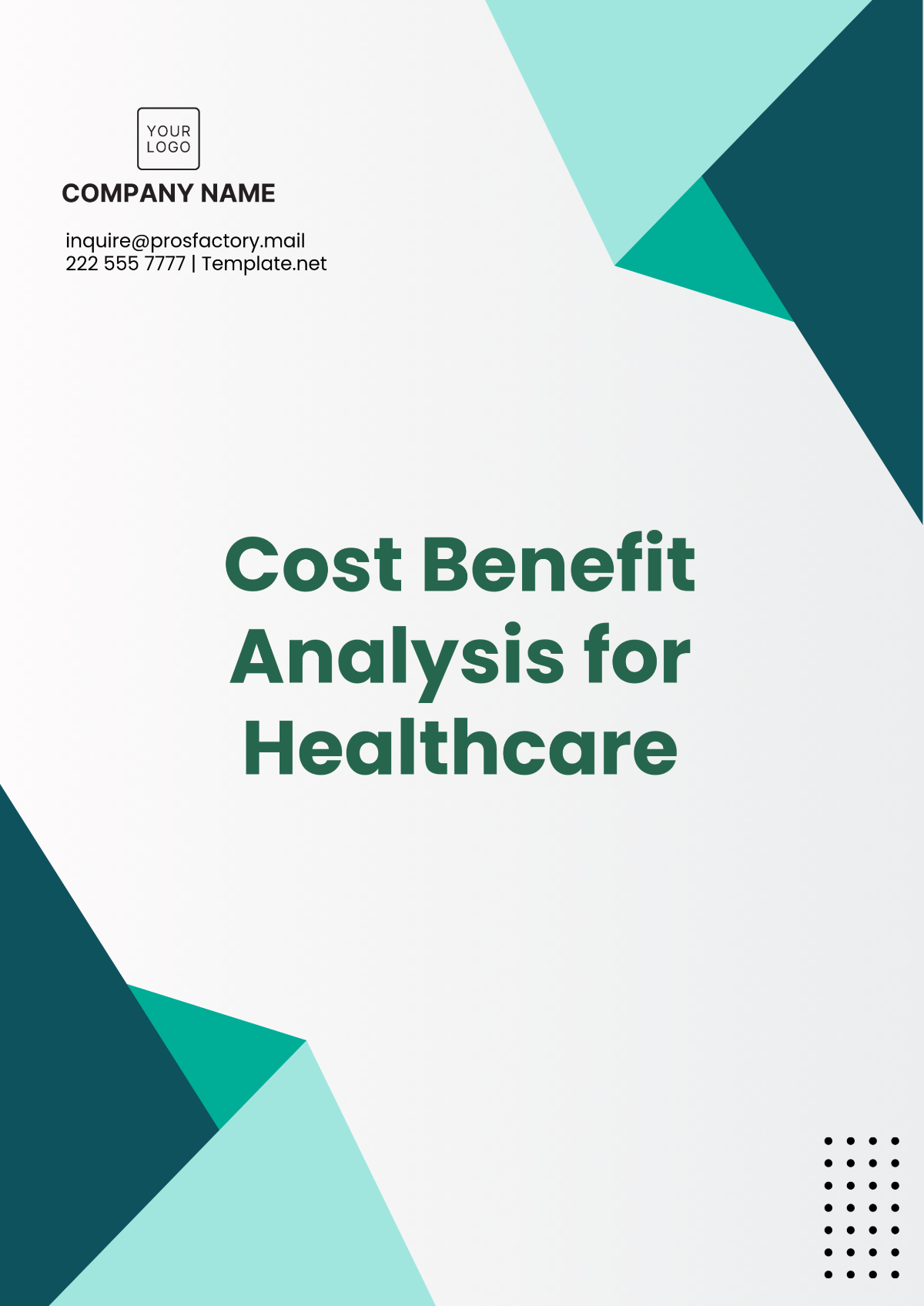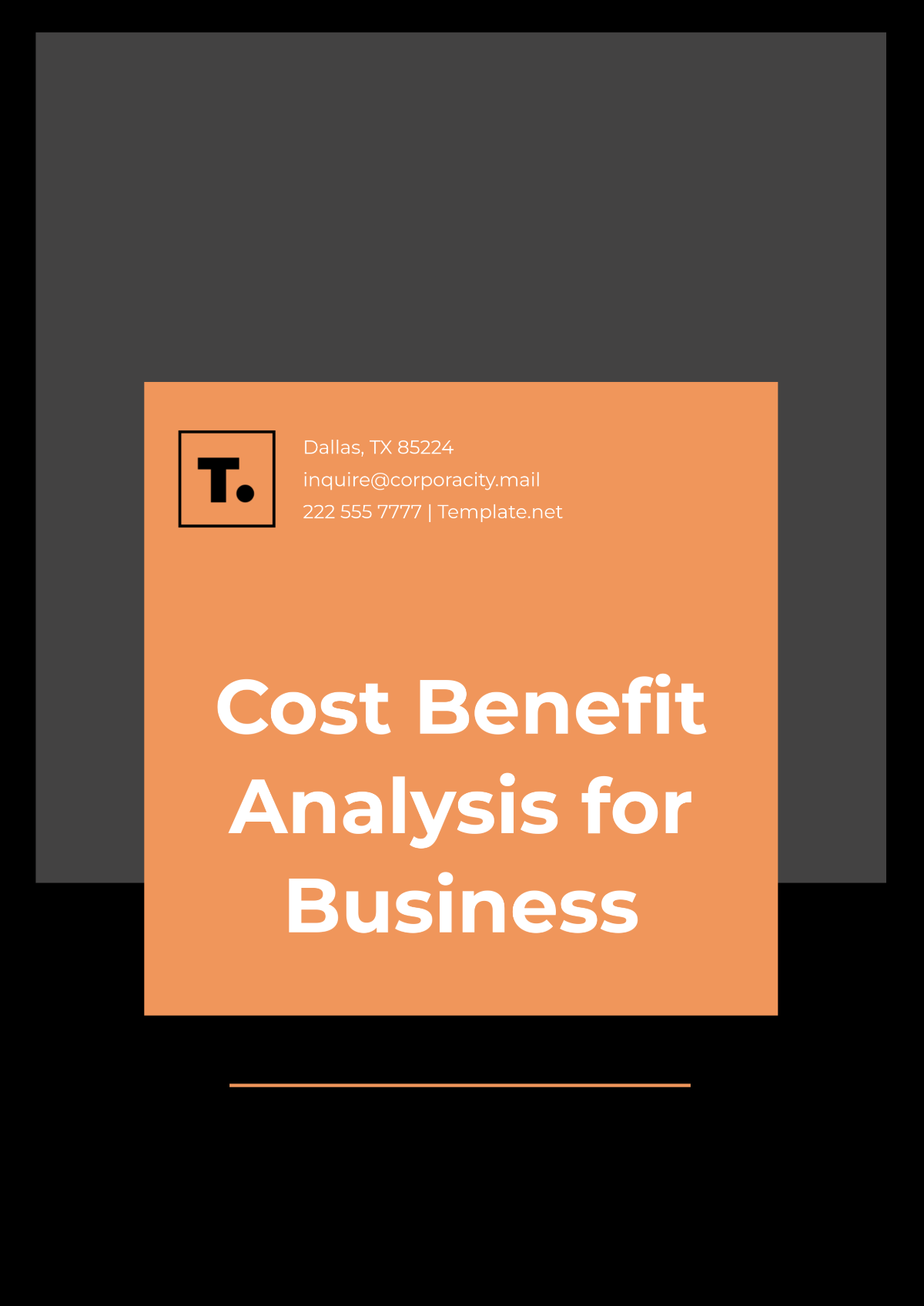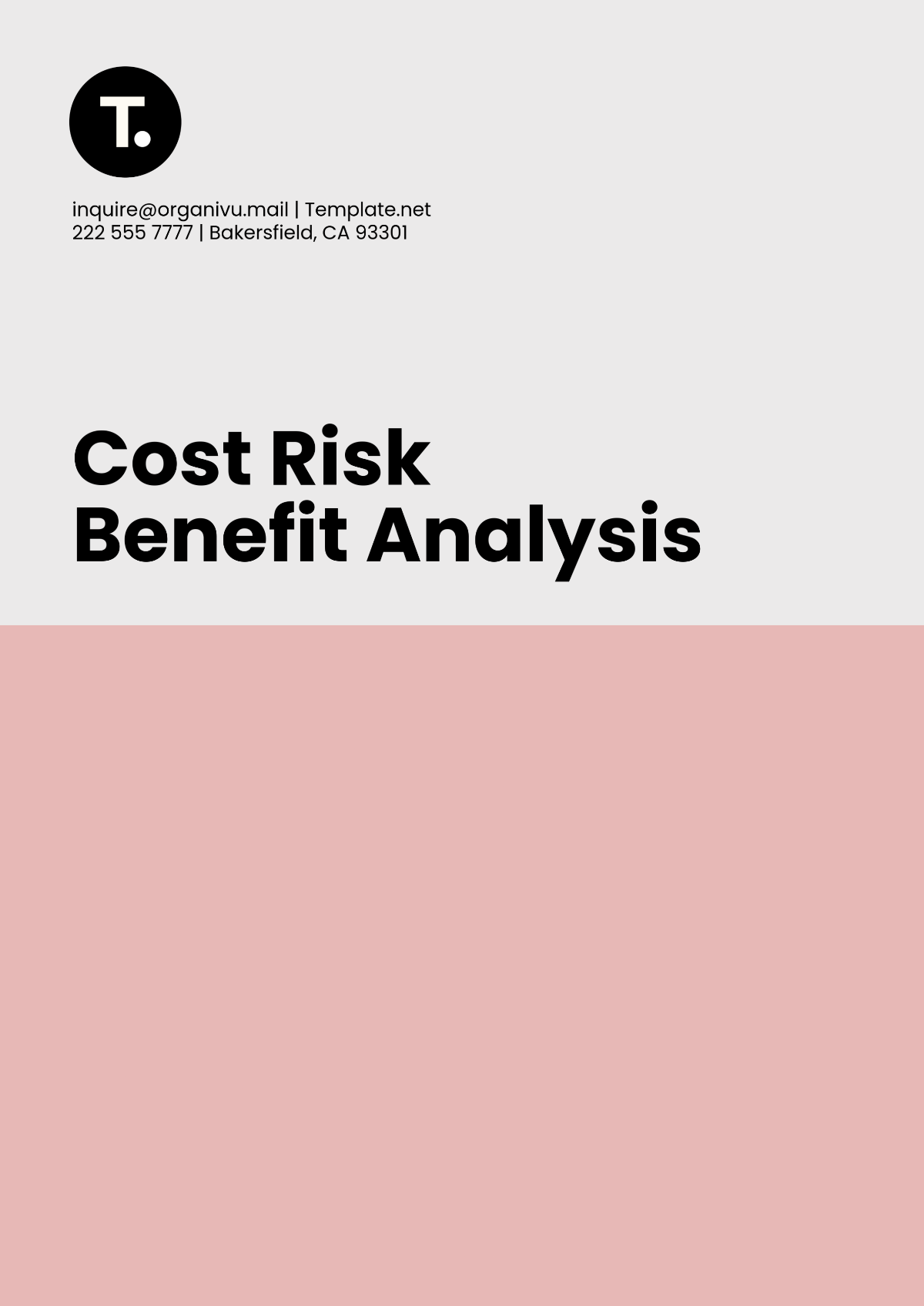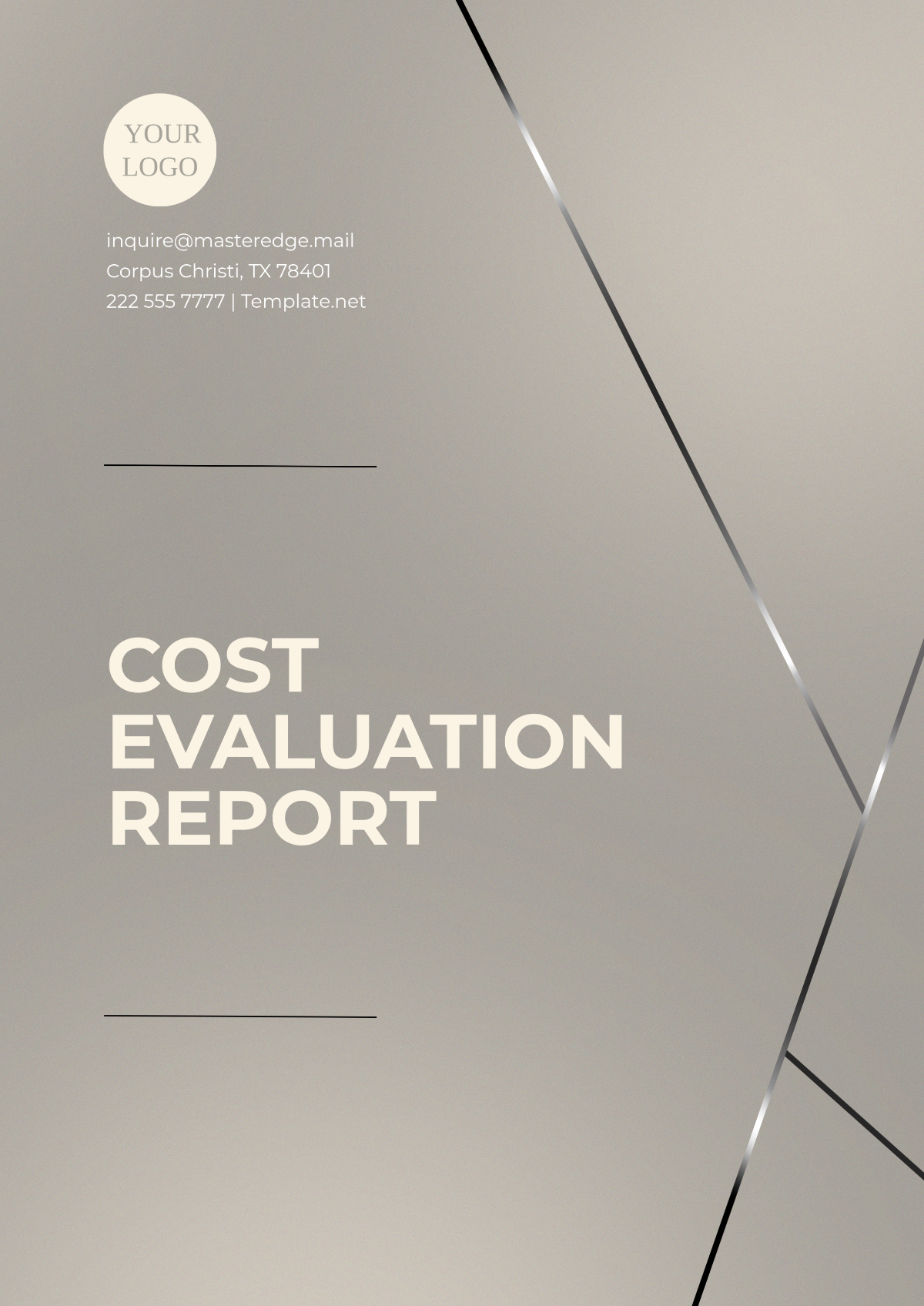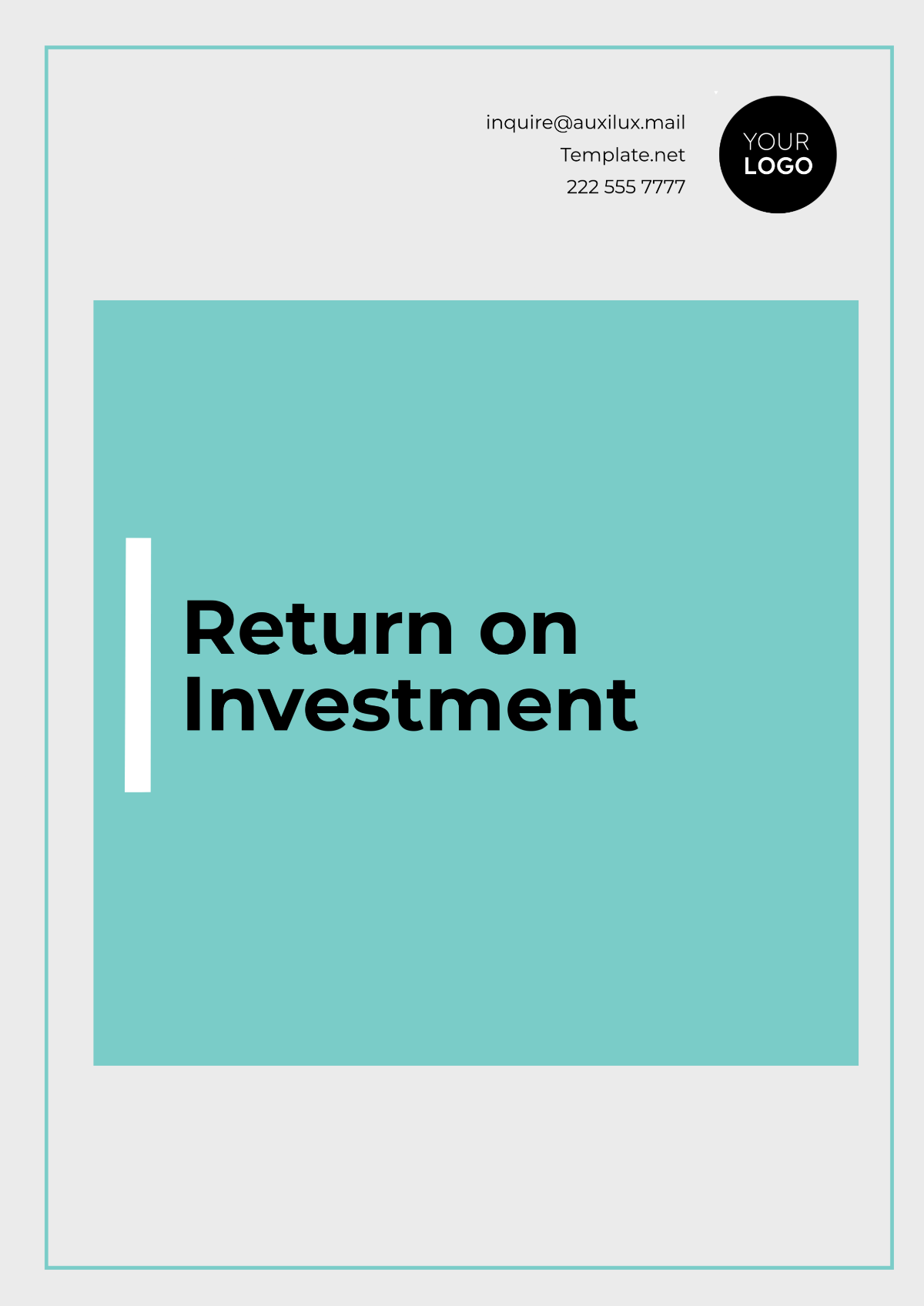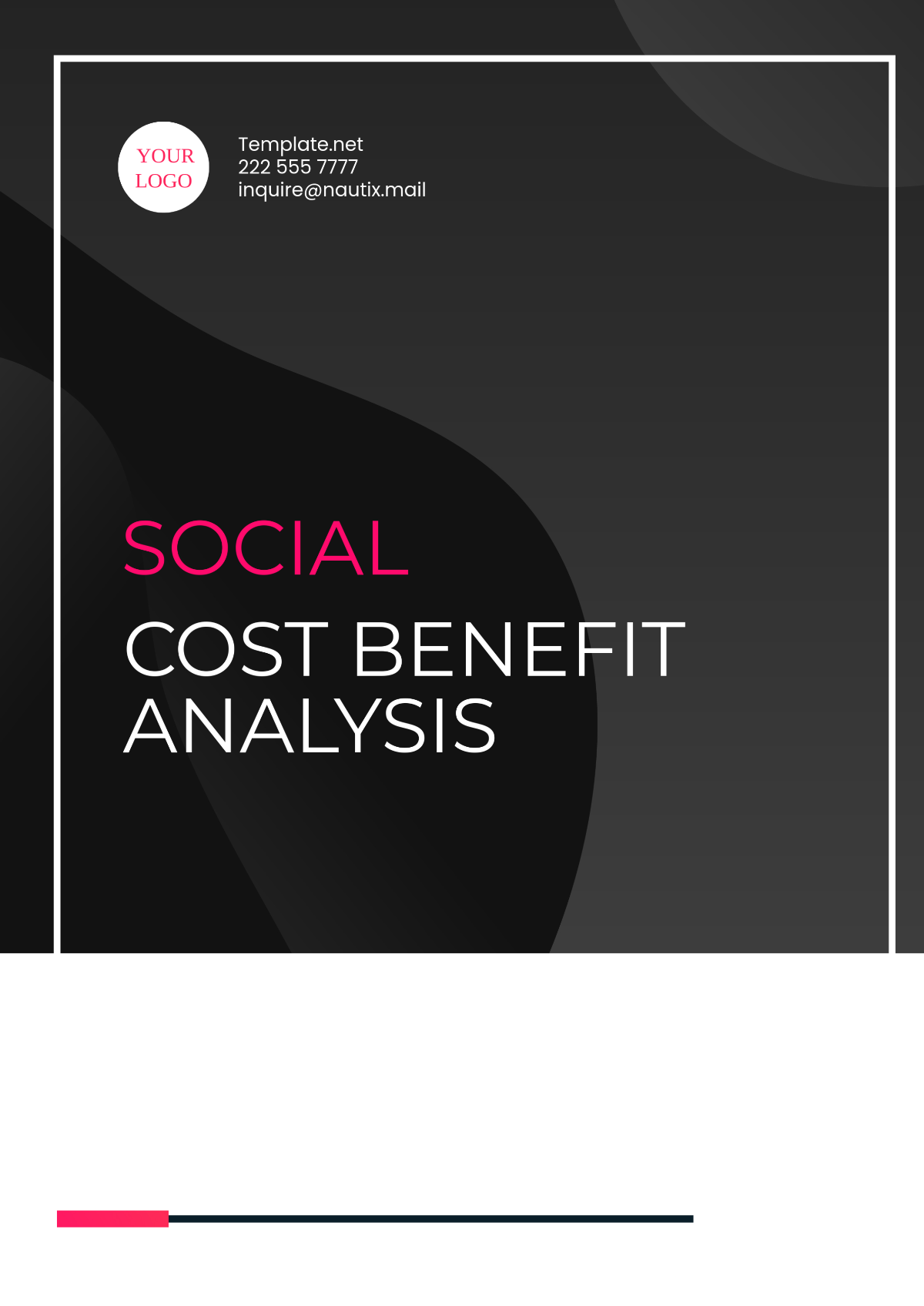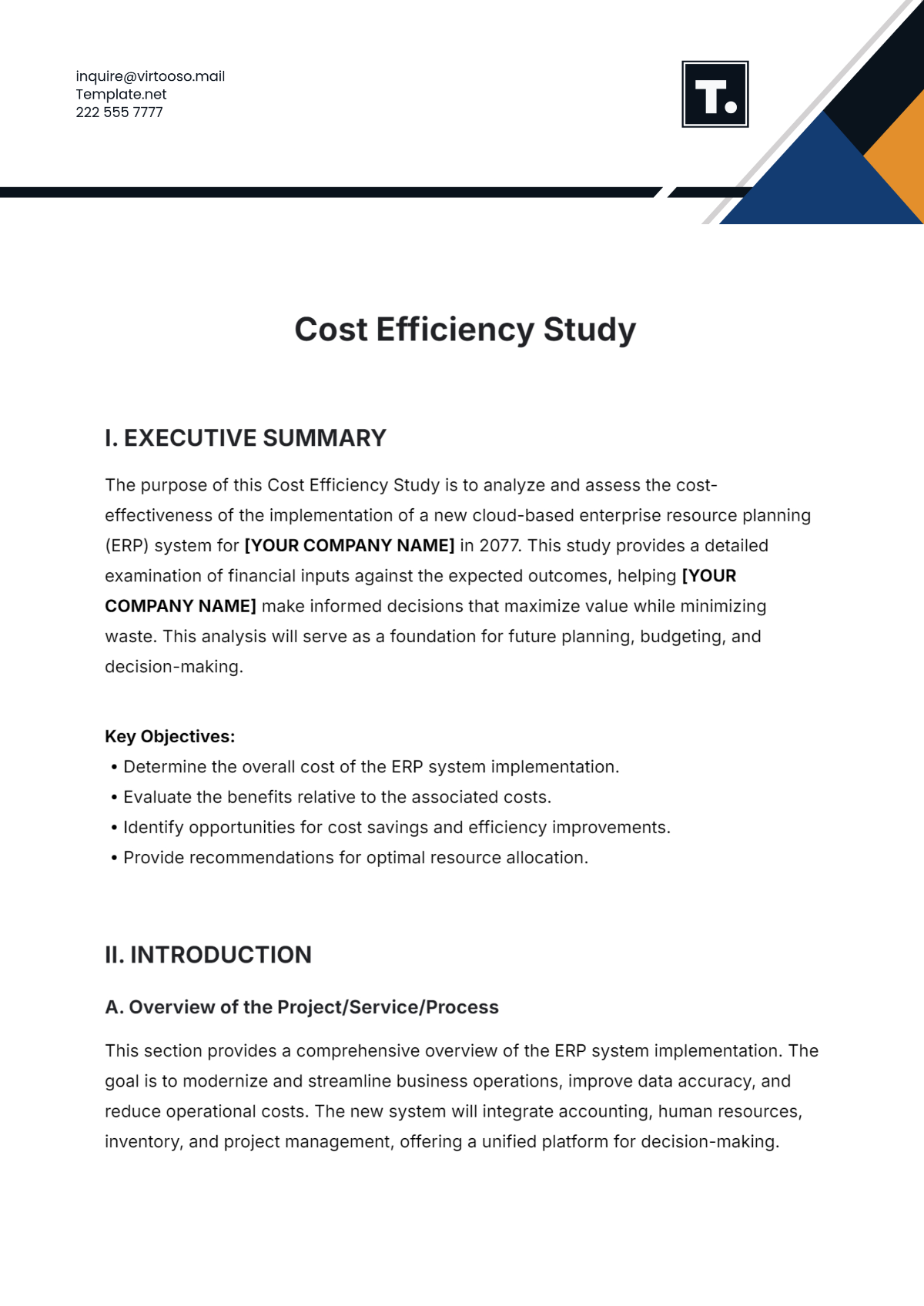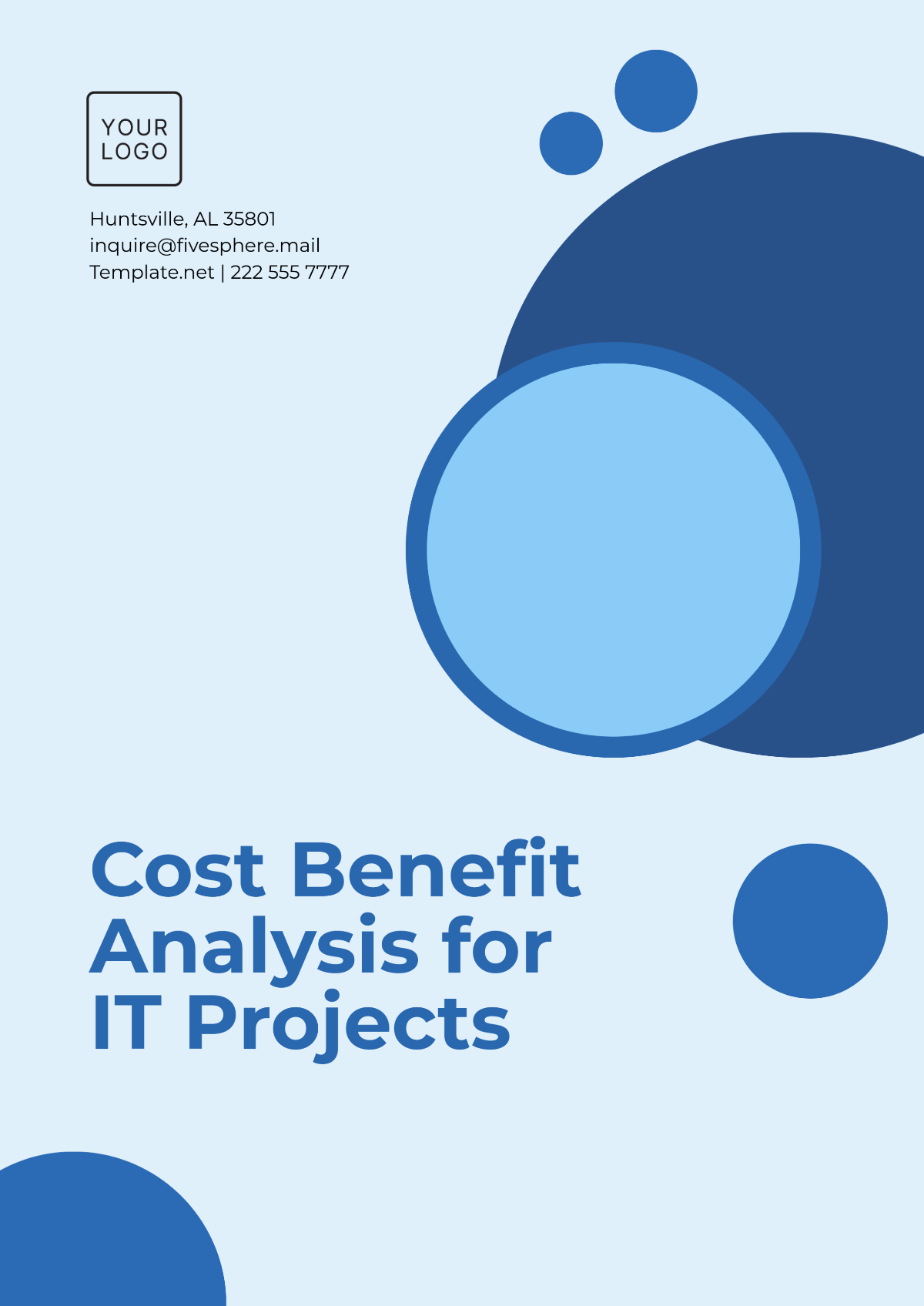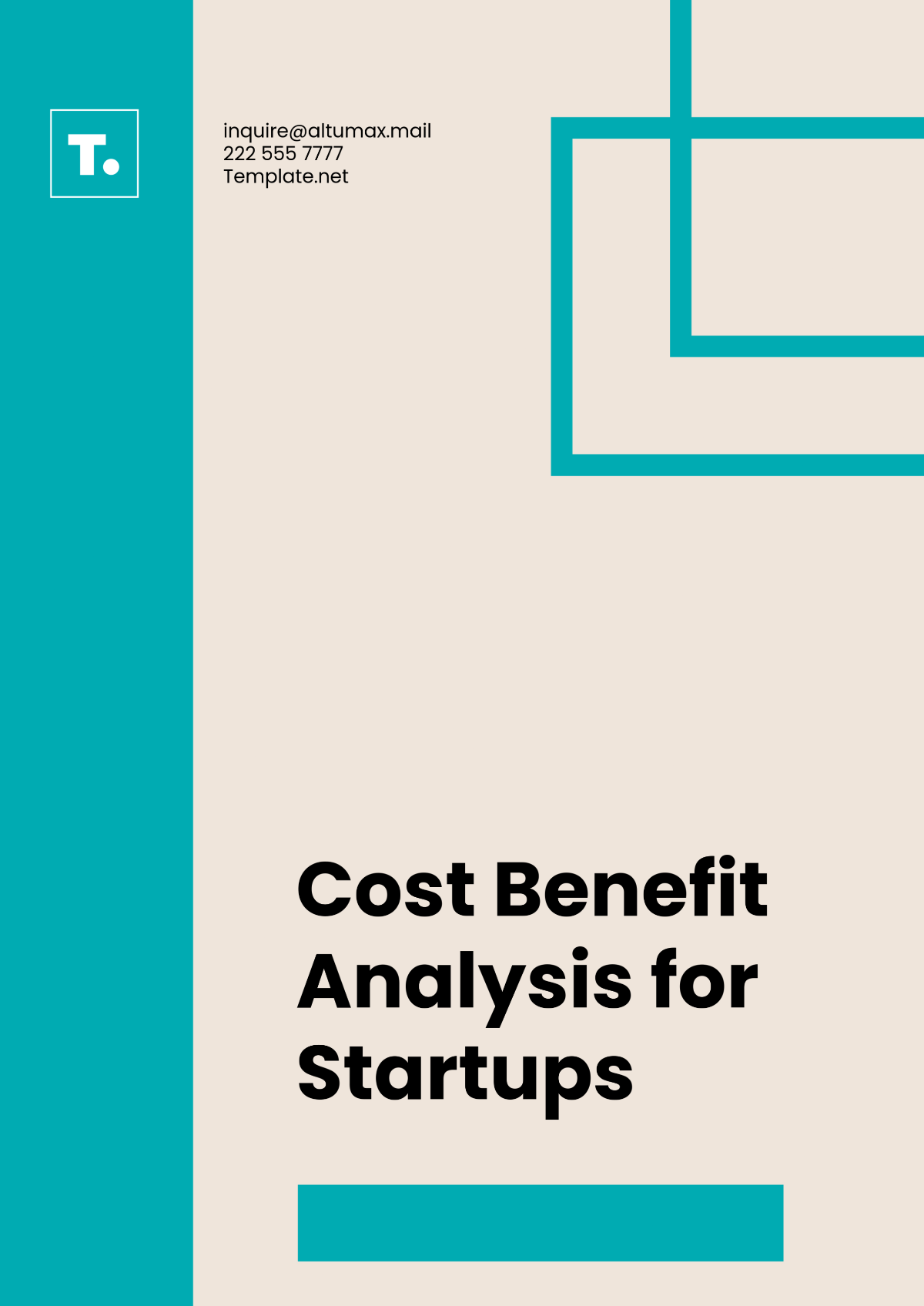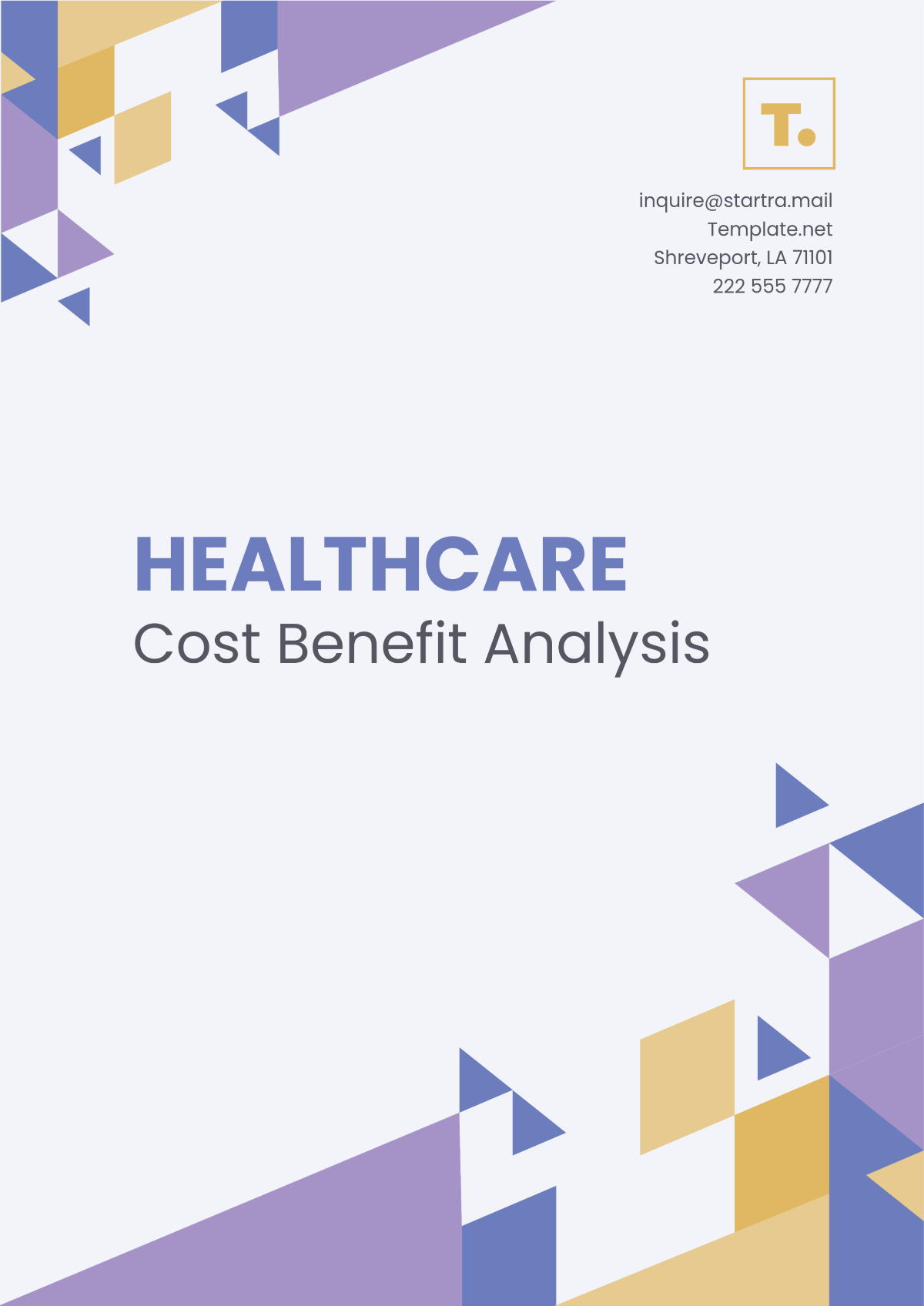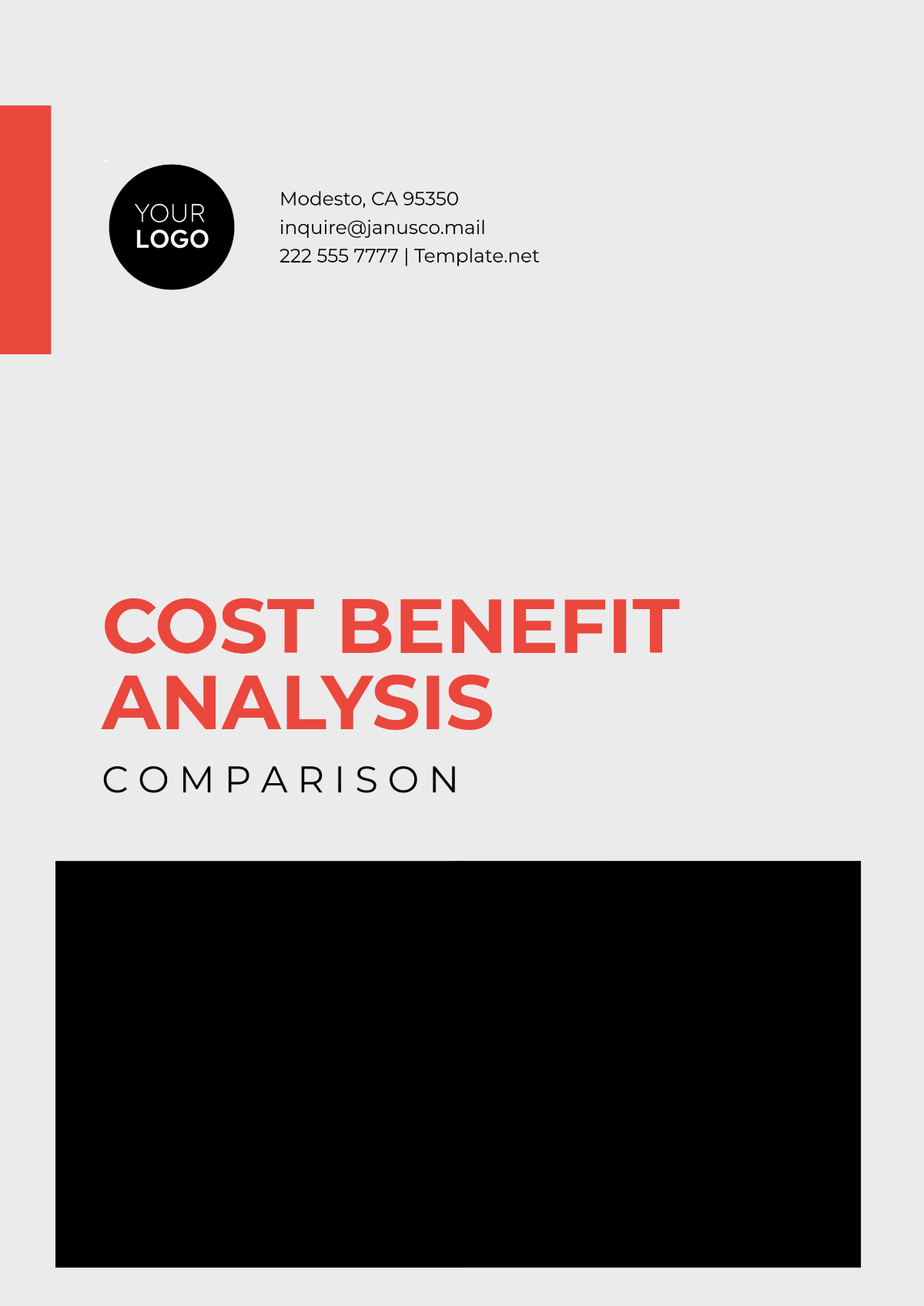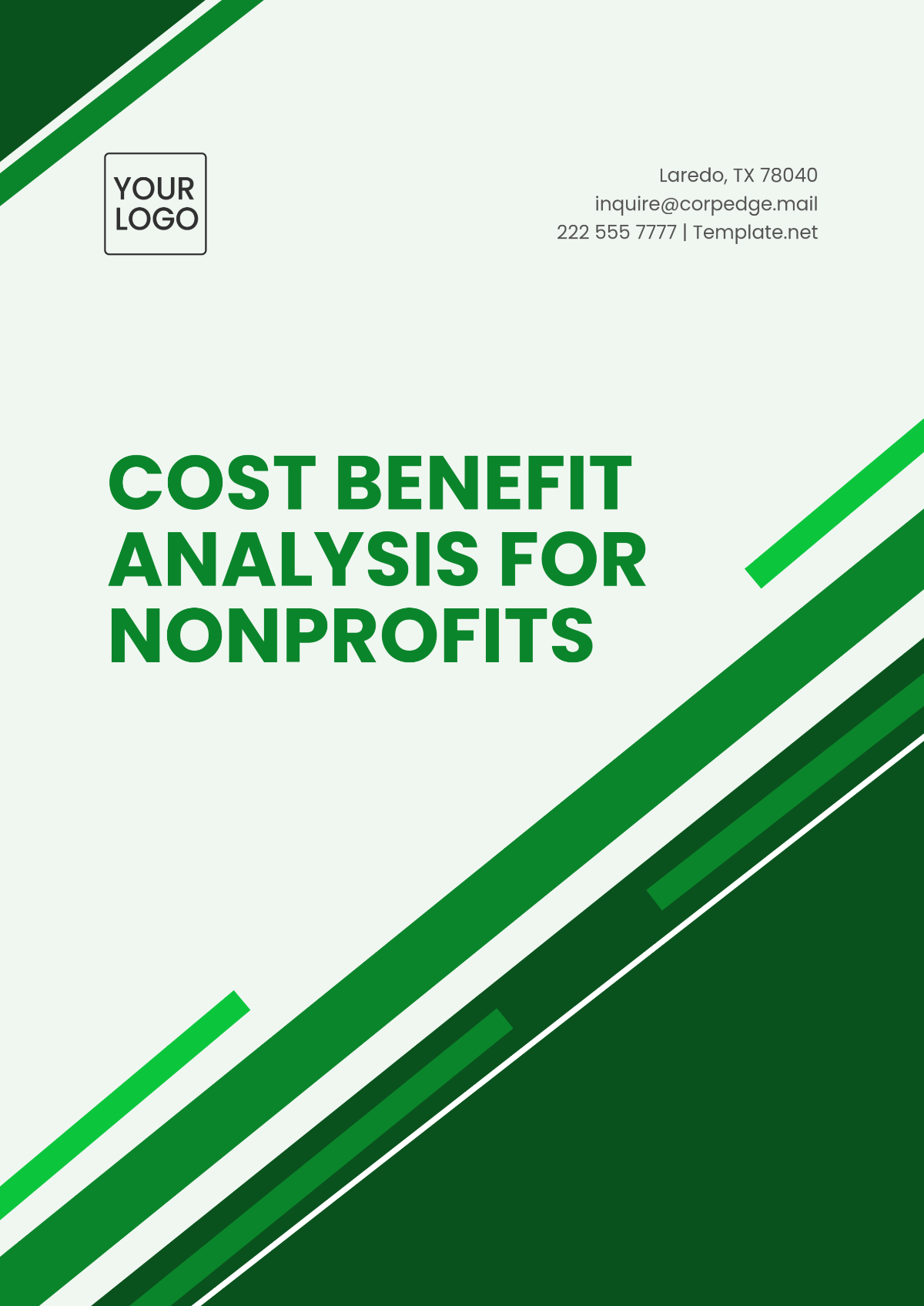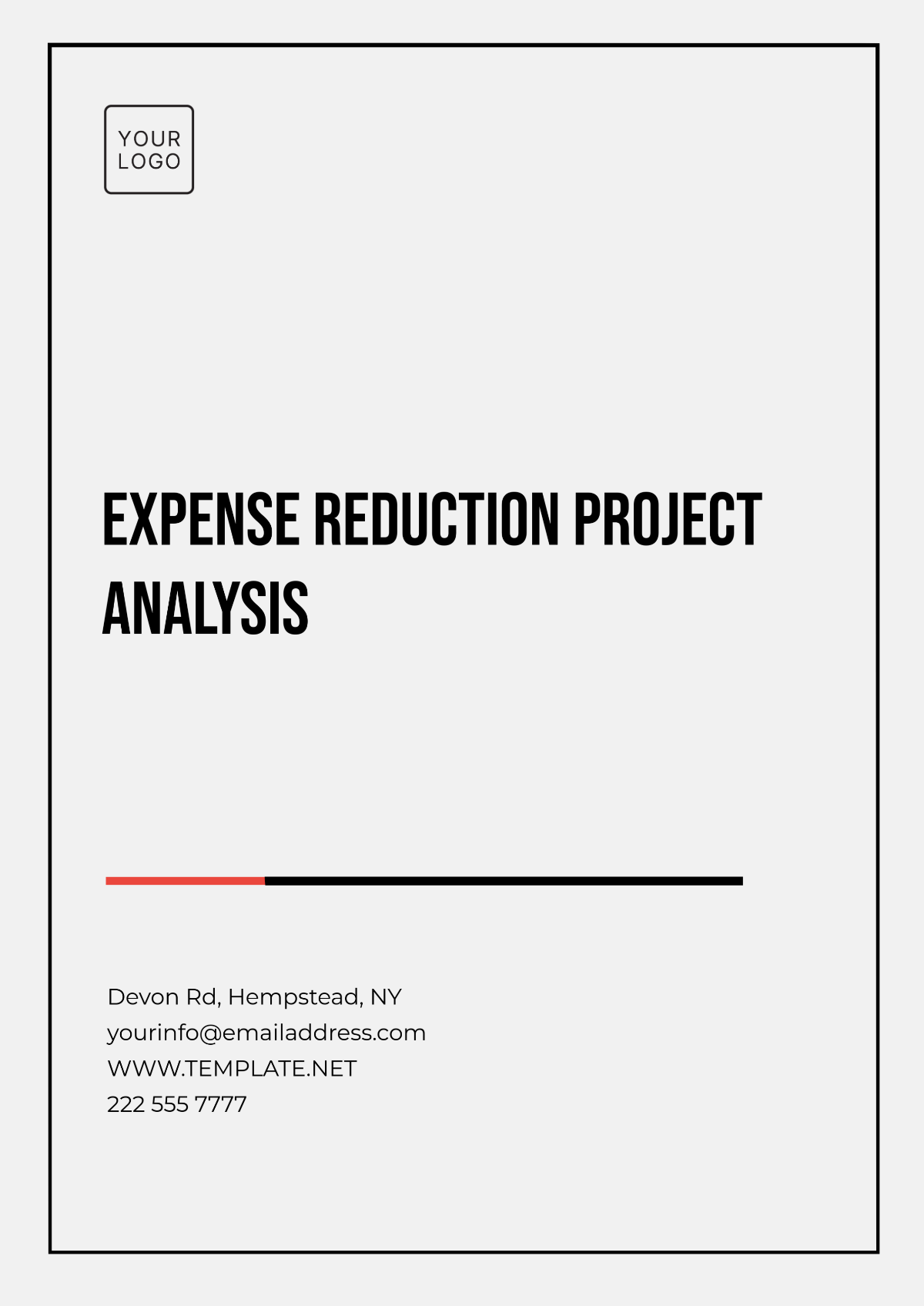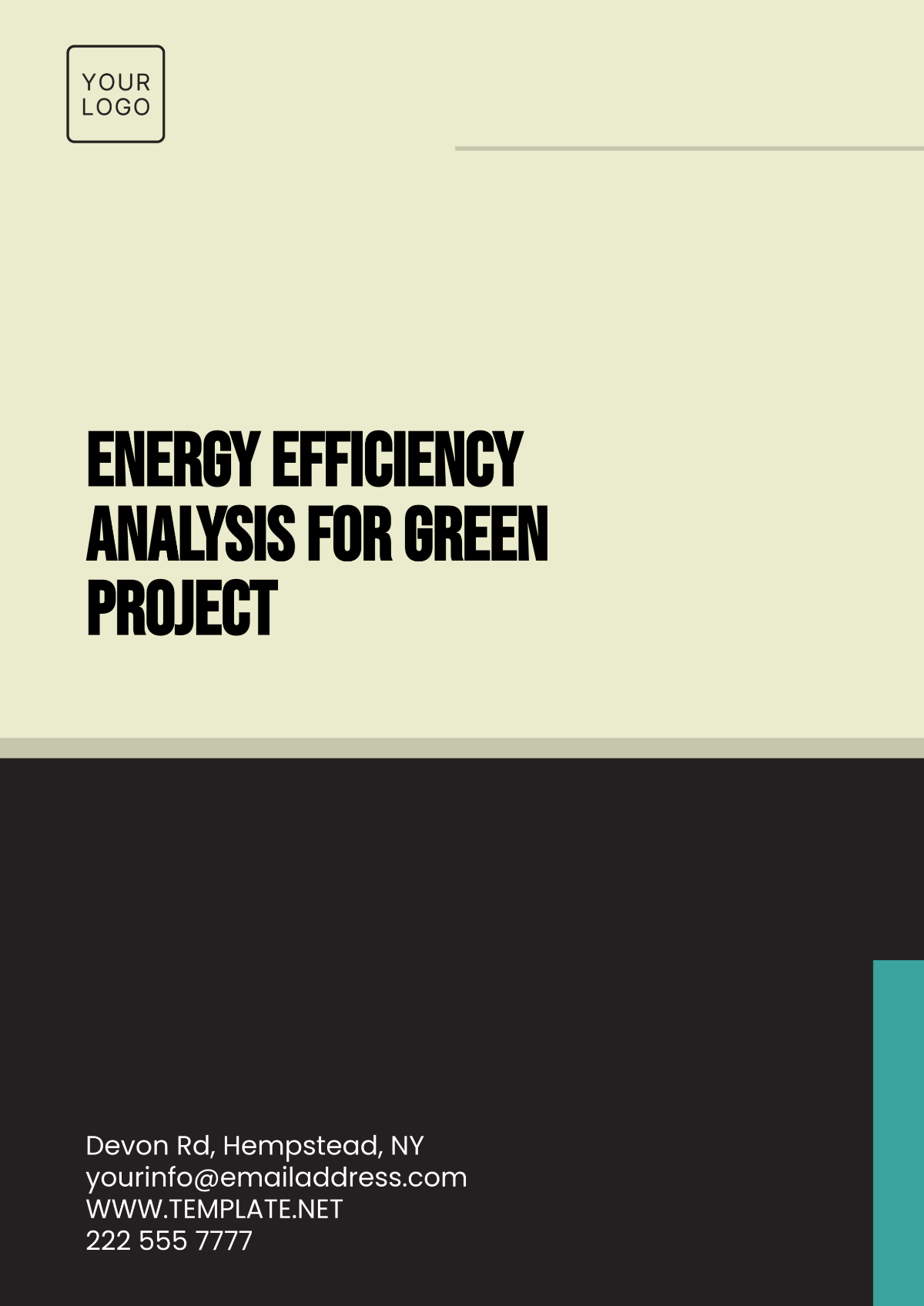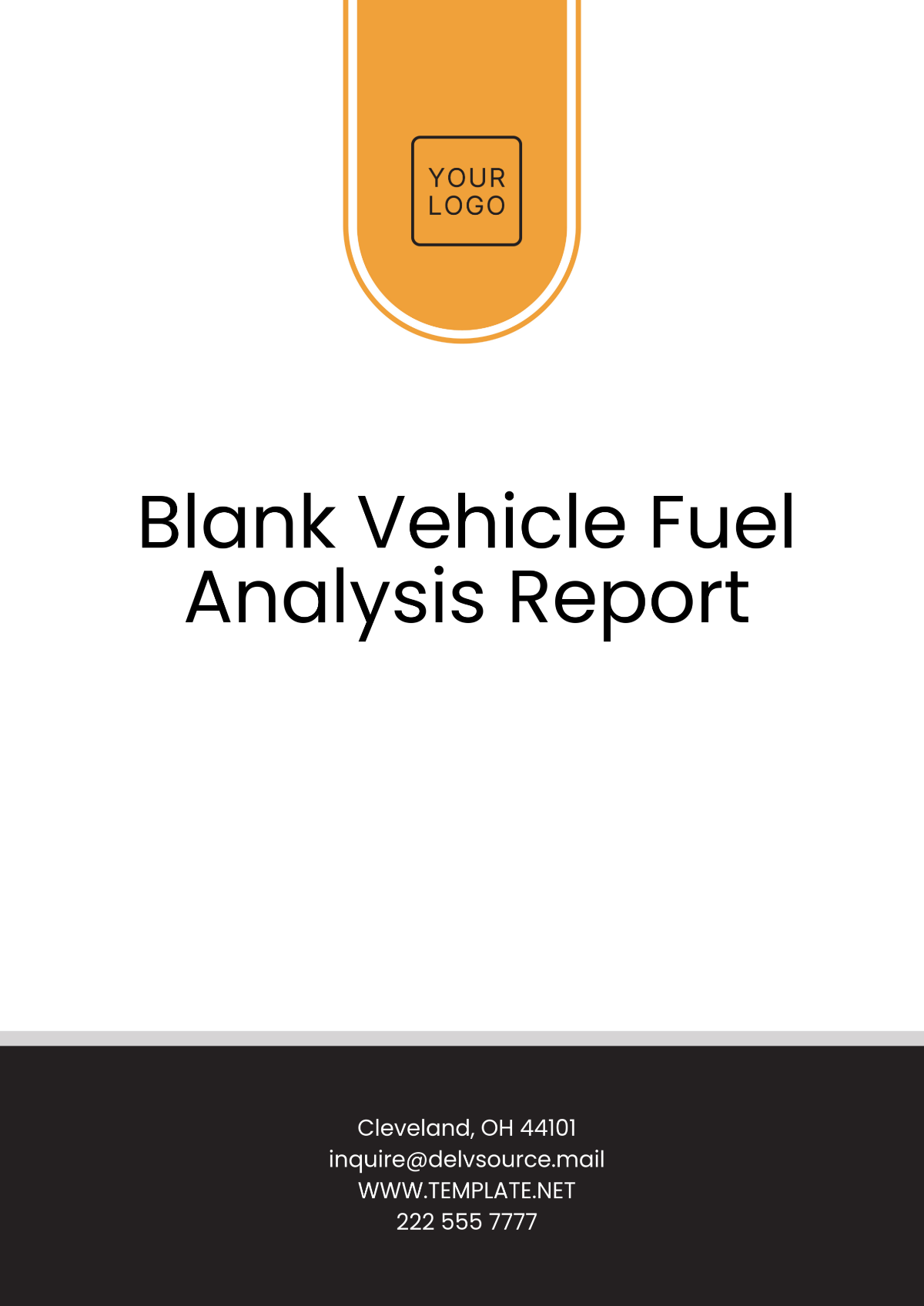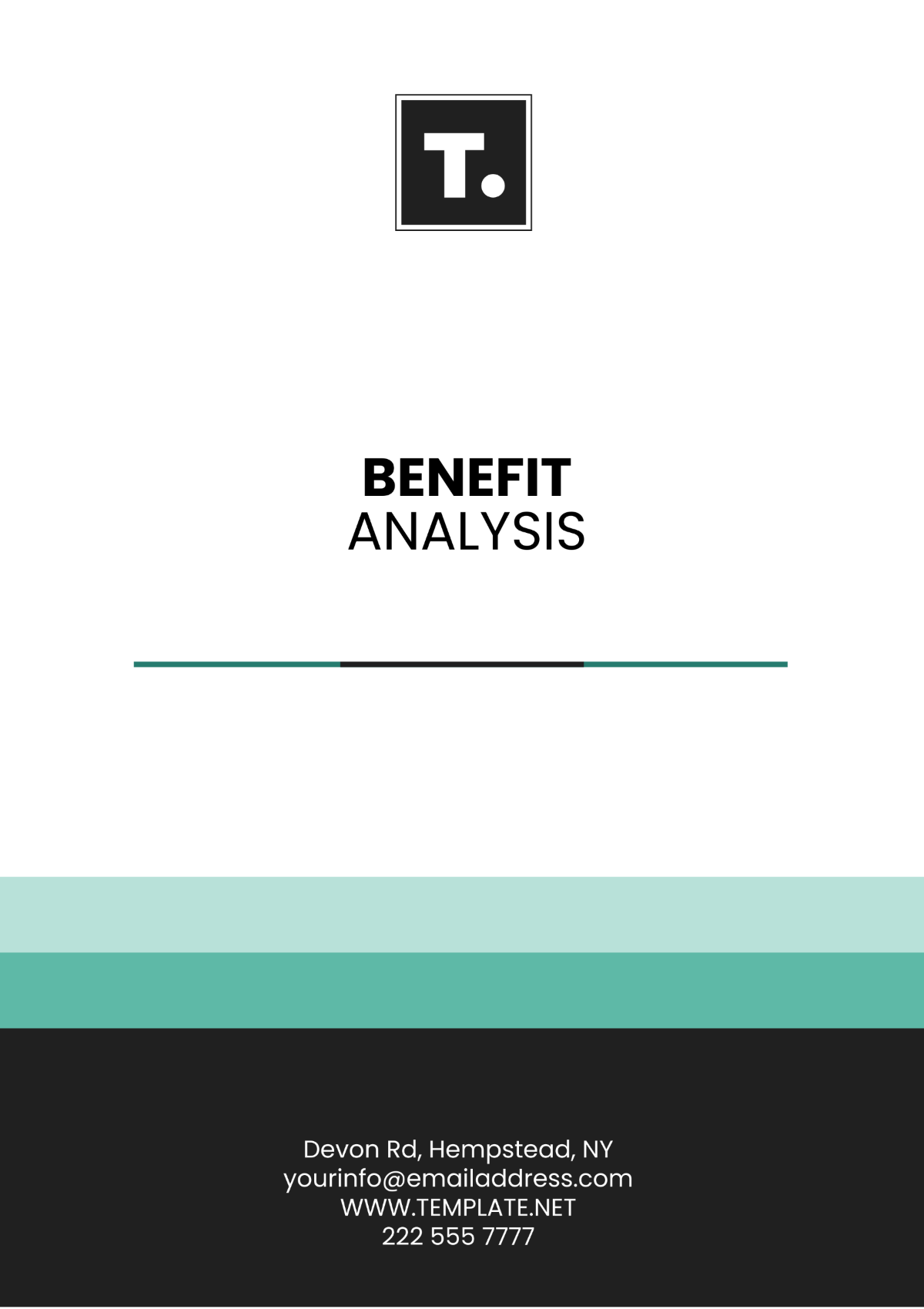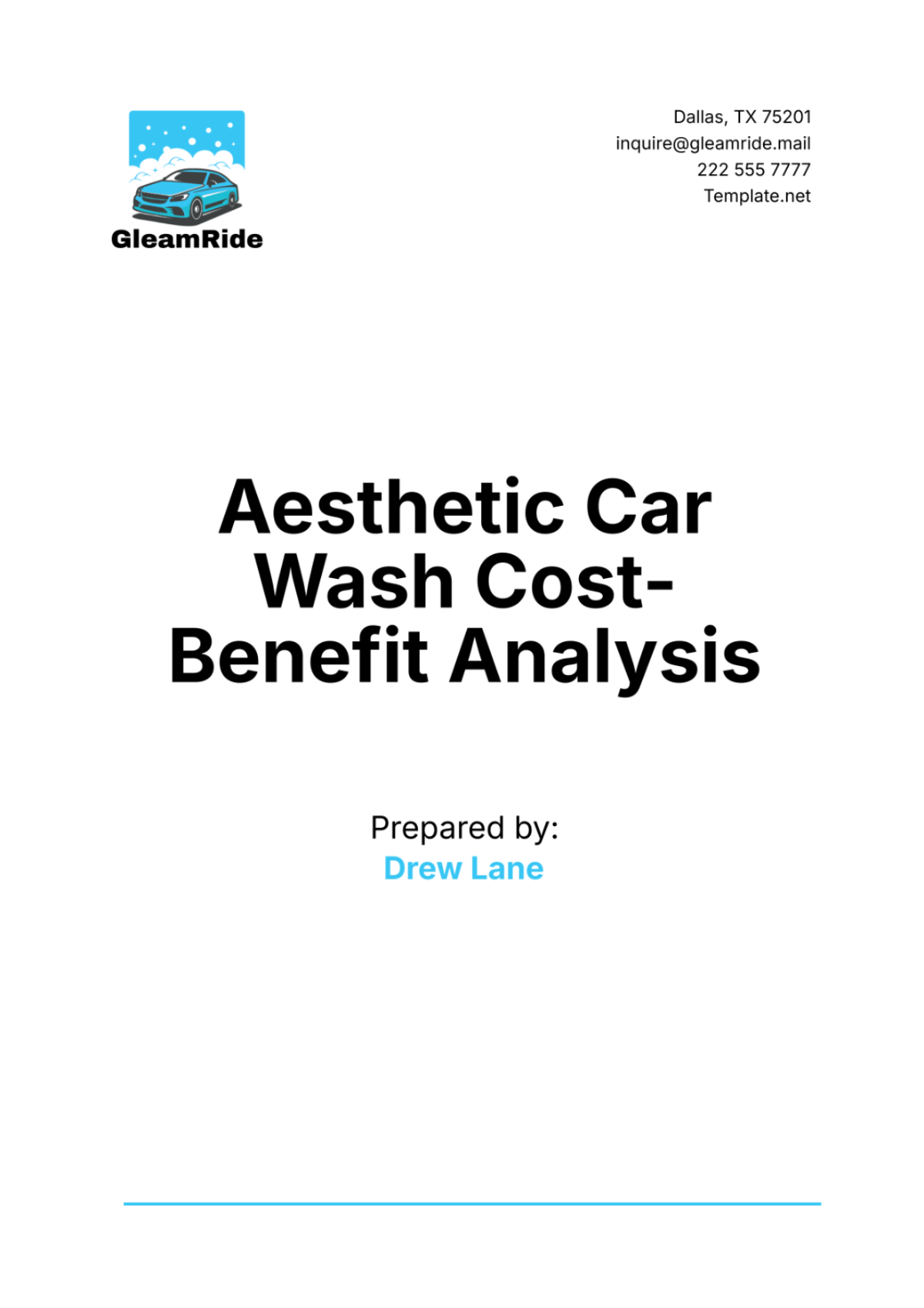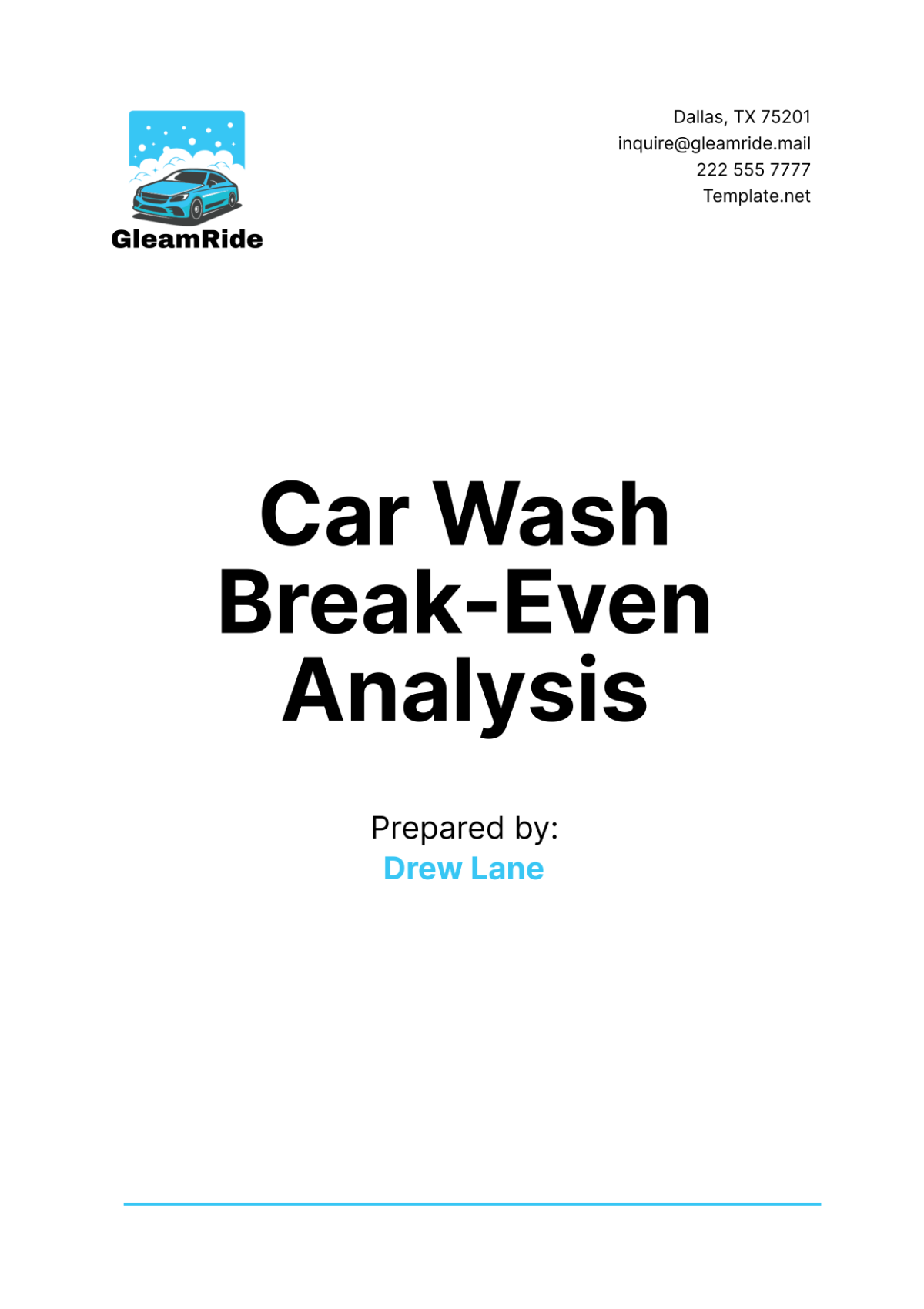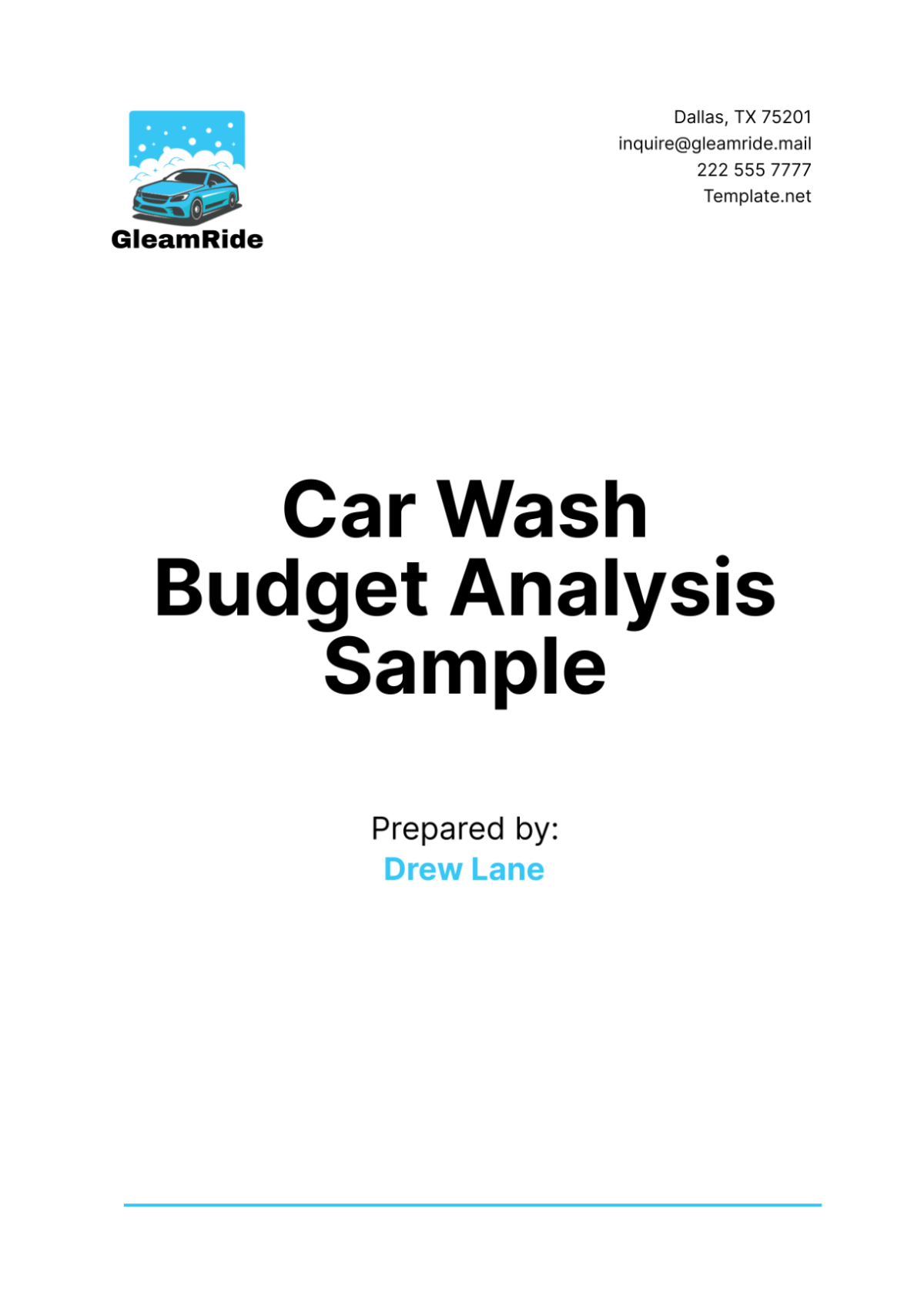Spa Cost Analysis
I. Introduction
An extensive analysis focusing on the costs associated with running a spa has been carried out with the intention of examining the financial complexities of [Your Company Name] in great detail. The primary goal of this comprehensive study is to thoroughly break down and understand the various revenue streams, cost structure, and overall financial health of the spa.
This in-depth analysis is essential for identifying potential areas where improvements and optimizations can be made, ultimately strengthening the spa's position and competitiveness in the market. By meticulously analyzing both the revenue generation mechanisms and expenditure trends, this study aims to provide valuable and actionable insights that will inform key strategic decisions, thereby promoting sustainable growth for the spa.
II. Executive Summary
A. Key Findings
The comprehensive analysis indicates that [Your Company Name] has experienced a strong and consistent growth in revenue throughout the past fiscal year. However, this positive financial trend is contrasted by significant inefficiencies in the management of costs. Specifically, there are pronounced issues in controlling variable expenses, which include areas such as marketing expenditures and the procurement of supplies. These inefficiencies suggest that while the spa is successful in generating income, there are considerable challenges that need to be addressed in the allocation and control of spending to optimize overall financial performance.
B. Recommendations
Several key recommendations are suggested to improve the overall financial health and operational efficiency of the organization. The first recommendation entails implementing stringent cost-control measures. This action is aimed at reducing unnecessary expenditures and ensuring that resources are utilized in the most effective manner possible. By doing so, the organization can significantly cut down on wasteful spending and allocate funds where they are needed most. The second recommendation focuses on investing in staff training programs. These programs are crucial for enhancing the skills and competencies of the workforce, ultimately leading to increased efficiency and improved service quality. By providing employees with opportunities for professional development, the organization can foster a more knowledgeable and capable team that is better equipped to meet the demands of their roles.
Lastly, it is recommended that the organization diversifies its revenue streams. This could be achieved through targeted marketing campaigns and package offerings aimed at attracting a broader customer base. By exploring new avenues for generating income, the organization can create a more stable and resilient financial structure, reducing dependency on any single source of revenue and mitigating risks associated with market fluctuations.
In summary, these recommendations emphasize the importance of prudent financial management, workforce development, and strategic revenue diversification to ensure the sustained success and growth of the organization.
III. Business Overview
A. Description of the Spa
[Your Company Name] embodies the very essence of luxury and relaxation, perfectly positioned in the heart of [City]. It is celebrated far and wide for its lavish ambiance and an extensive selection of indulgent spa treatments that promise an unparalleled experience. At [Your Company Name], the emphasis is placed on holistic well-being and crafting personalized experiences for each guest. This spa attracts a discerning clientele who yearn for a serene escape from the relentless pace and noise of urban life. Here, every detail is meticulously designed to provide a sanctuary where stress dissipates and tranquility prevails.
B. Mission and Vision
At [Your Company Name], we are deeply committed to creating a haven of tranquility, a place where our guests can begin their personal journeys of renewal and self-awareness. We strive to offer not just a service, but a transformative experience that touches the mind, body, and spirit. Our overarching vision is to become the gold standard in the spa industry, continually setting the highest bar for excellence. We aim to cultivate long-lasting relationships with our clients, founded on core values of trust, integrity, and exceptional, unmatched service.
C. Target Market
[Your Company Name] aims to attract affluent individuals who are looking for a high-end spa experience marked by luxury, exclusivity, and personalized care. The customers we serve consist of discerning professionals, high-net-worth individuals, and wellness enthusiasts who place a high value on self-care and relaxation, even within their demanding schedules.
IV. Revenue Analysis
A. Sources of Revenue
The graph below illustrates the breakdown of revenue sources for [Your Company Name], highlighting the contribution of each category to the spa's overall revenue. This analysis enables [Your Company Name] to strategically allocate resources and focus on optimizing revenue streams to drive sustainable business growth.
B. Historical Revenue Performance
Over the course of the past three years, [Your Company Name] has enjoyed a steady and sustained increase in revenue, with an average annual growth rate of 12%. This remarkable financial performance can be largely attributed to several key factors, including the expansion of its customer base, the implementation of strategic marketing initiatives, and the introduction of new services and packages designed to attract a broader clientele. Each of these elements has played a significant role in driving the spa's consistent upward trajectory in earnings.
C. Revenue Projections
Taking into account the present trends in the market along with the existing demand from customers, it is anticipated that the revenue will experience a substantial increase of 15% over the course of the upcoming fiscal year. This projected growth is expected to be propelled by a combination of strategic initiatives, including carefully planned marketing campaigns tailored to reach specific audience segments, significant improvements and additions to the range of services being offered, and a strong focus on strategies aimed at retaining current customers and enhancing their overall experience with the company.
V. Cost Structure Analysis
A. Fixed Costs
Cost Category | Amount ($) |
|---|---|
Rent/Lease | $[00]/month |
Utilities | $[00]/month |
Salaries and Wages | $[00]/year |
Insurance | $[00]/year |
Depreciation | $[00]/year |
Fixed costs for [Your Company Name] include rent/lease payments, utilities, salaries and wages for staff, insurance premiums, and depreciation of assets. These costs remain relatively stable regardless of changes in business activity and are essential for the day-to-day operations of the spa.
B. Variable Costs
Variable costs for [Your Company Name] encompass several categories. These include expenses related to supplies and inventory, marketing and advertising expenditures, commissions paid to staff members, credit card processing fees, as well as the costs associated with maintenance and repairs. These variable costs are not constant and can fluctuate significantly. Their variation is influenced by different factors, such as the volume of sales the spa experiences, the scope and intensity of its marketing campaigns, and the seasonal demand for its services, which may peak or dip at different times of the year.
C. One-Time Expenses
Throughout the most recent fiscal year, [Your Company Name] experienced a series of one-time expenditures that collectively amounted to $[00]. These expenditures encompassed a variety of essential investments, including the acquisition of new equipment, extensive renovations, and the payment of licensing fees. Each of these costs was strategically incurred with the primary objectives of significantly enhancing the spa's physical facilities, elevating the quality and range of services available to clients, and ensuring full compliance with all pertinent regulatory requirements set forth by governing authorities.
VI. Cost Drivers Analysis
A. Identification of Key Cost Drivers
The detailed analysis conducted identifies three main categories that serve as the primary cost drivers impacting the profitability of [Your Company Name]: labor costs, supply expenses, and facility maintenance. Among these, labor costs have been found to account for the largest portion of the expenses. This significant finding underscores the critical importance of optimizing both staffing levels and productivity within the organization in order to achieve greater financial efficiency and sustainability.
B. Analysis of Cost Trends
During the past three-year period, the costs associated with labor have experienced a consistent and steady rise. This increase is attributed primarily to the upward trend in wages and the frequent turnover of staff members. In contrast, the expenses related to supply have not followed a uniform pattern; rather, they have shown variability. This fluctuation in supply costs is largely a result of changes in both the demand for supplies and the pricing of these goods. When it comes to the costs of facility maintenance, these have exhibited relative stability; however, they necessitate continuous investment to maintain the spa’s premises in pristine condition. Continuous spending is essential to ensure that the facilities are well-maintained and meet the high standards expected by patrons.
C. Impact of Cost Drivers on Profitability
The high costs associated with labor, combined with the inefficiencies present in the management of the supply chain, have created a negative impact on our profitability. This situation has made it necessary for us to implement strategic measures to reduce the adverse effects of these factors. By addressing these significant cost drivers through carefully planned and targeted initiatives, we can improve our cost efficiency, which in turn will help us to maximize our profitability.
VII. Cost Optimization Strategies
A. Reduction of Fixed Costs
[Your Company Name] will thoroughly investigate and assess various possibilities to renegotiate their existing lease agreements with the aim of securing more favorable terms that could lead to cost reductions. In addition to this effort, the spa will actively engage in negotiations to establish utility contracts that are financially more advantageous, thereby lowering utility expenses. Furthermore, the spa will put into effect a series of energy-saving measures designed to enhance overall efficiency and further cut down on costs.
Collectively, these strategic actions are intended to optimize fixed expenses comprehensively. By successfully managing and reducing these costs, [Your Company Name] will be able to realize substantial financial savings, all while maintaining the high quality of its operations and services.
B. Efficiency Improvements in Variable Costs
Implementing inventory management software to streamline procurement processes, negotiating volume discounts with suppliers, and leveraging data analytics to optimize marketing spend are key strategies to enhance efficiency in variable costs. These initiatives will enable [Your Company Name] to achieve cost savings and improve overall operational effectiveness.
C. Negotiation of Supplier Contracts
[Your Company Name] will engage in negotiations with suppliers to secure preferential pricing, favorable payment terms, and exclusivity agreements where feasible. By leveraging its purchasing power and fostering strong relationships with suppliers, the spa can drive down procurement costs and improve profit margins.
D. Implementation of Cost-Control Measures
Implementing stringent budget controls, conducting regular cost reviews, and incentivizing staff to identify cost-saving opportunities are essential measures to instill a culture of cost-consciousness within the organization. By empowering employees to contribute to cost optimization efforts, [Your Company Name] can foster a sense of ownership and accountability.
VIII. Benchmarking and Comparison
A. Comparison with Industry Standards
[Your Company Name] will benchmark its cost metrics against industry standards and best practices to identify areas for improvement and gauge its competitiveness. This comparative analysis will provide valuable insights into how the spa's cost structure aligns with industry norms and where it stands in relation to peers.
B. Benchmarking Against Competitors
Analyzing competitors' cost structures and performance metrics will offer valuable benchmarks for [Your Company Name] to assess its relative strengths and weaknesses. By identifying areas where competitors excel and areas where they lag behind, the spa can formulate targeted strategies to capitalize on competitive advantages and mitigate weaknesses.
C. Identification of Performance Gaps
Discrepancies between [Your Company Name]'s cost performance and industry benchmarks or competitor data highlight areas for improvement and optimization. By pinpointing performance gaps, the spa can prioritize initiatives to enhance cost efficiency, streamline operations, and achieve sustainable growth.
IX. Risk Analysis
A. Identification of Financial Risks
Financial risks facing [Your Company Name] include economic downturns impacting consumer spending, fluctuations in labor costs, and regulatory changes affecting the spa industry. These risks have the potential to adversely affect revenue generation and profitability if not adequately managed.
B. Assessment of Operational Risks
Operational risks such as supply chain disruptions, equipment failures, and cybersecurity threats pose challenges to [Your Company Name]'s day-to-day operations. Implementing robust risk mitigation strategies and contingency plans is essential to safeguarding business continuity and minimizing potential disruptions.
C. Strategies for Mitigating Risks
[Your Company Name] will implement proactive measures such as diversifying revenue streams, maintaining adequate cash reserves, and investing in insurance coverage to mitigate financial risks. Operational risks will be addressed through rigorous quality control measures, regular maintenance of equipment and facilities, and employee training programs focused on risk awareness and response protocols.
X. Conclusion
The Spa Cost Analysis has offered a wealth of valuable insights into the financial performance, cost structure, and areas for improvement for [Your Company Name]. By taking action on the recommended strategies for cost optimization and implementing measures to mitigate risk, [Your Company Name] can improve its competitive edge, bolster its financial resilience, and set itself up for ongoing growth and success in the ever-changing spa industry.

